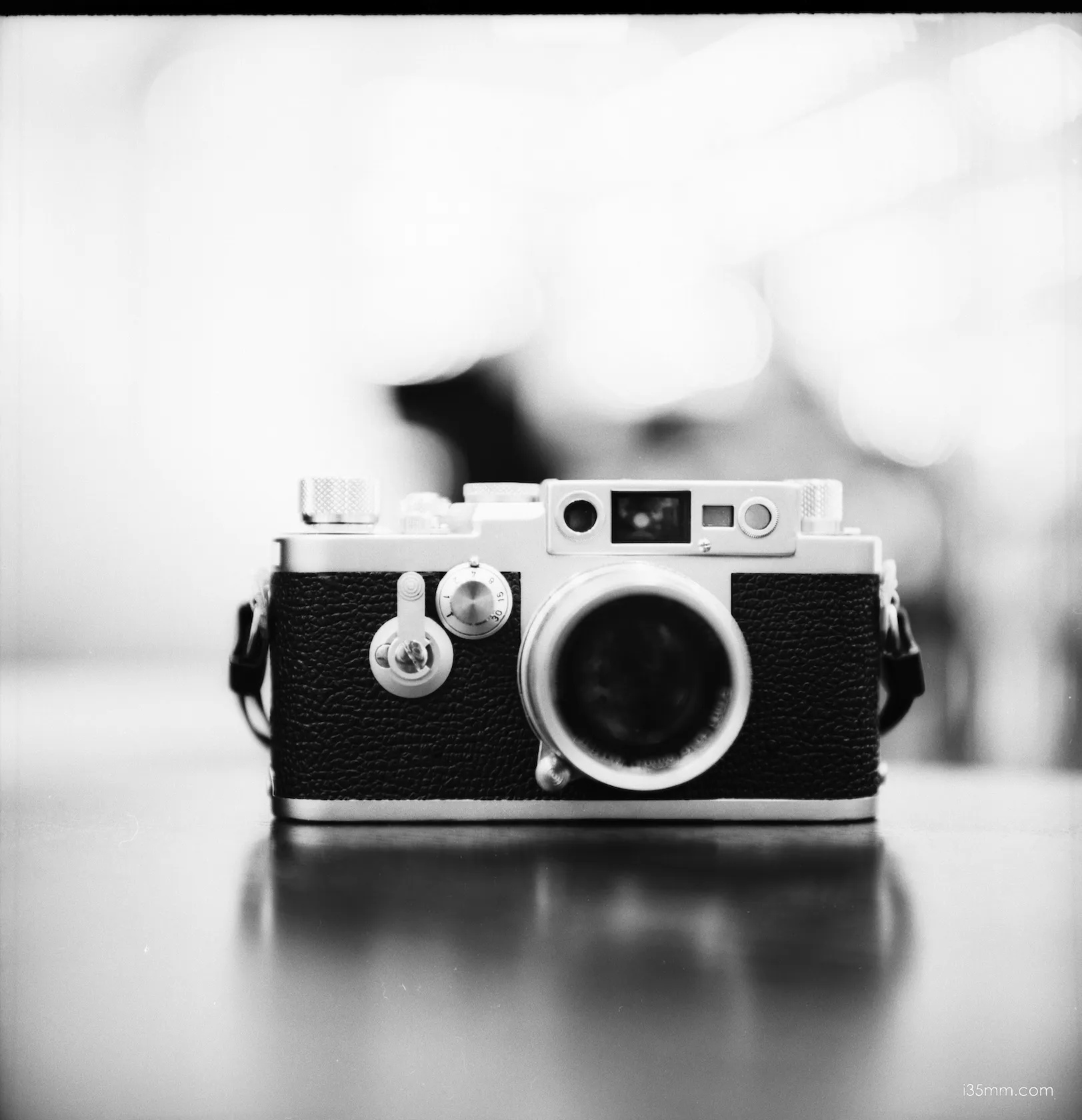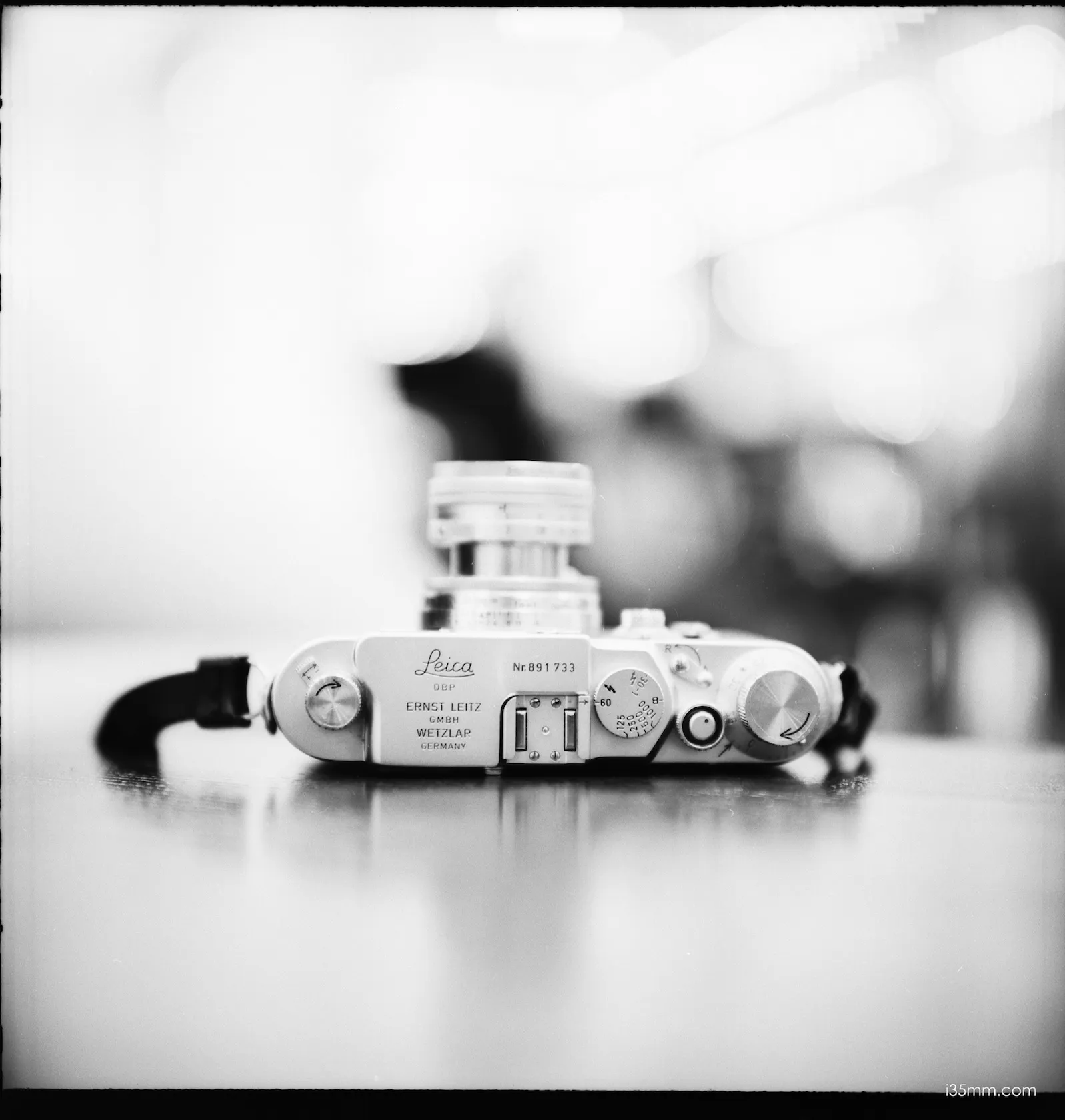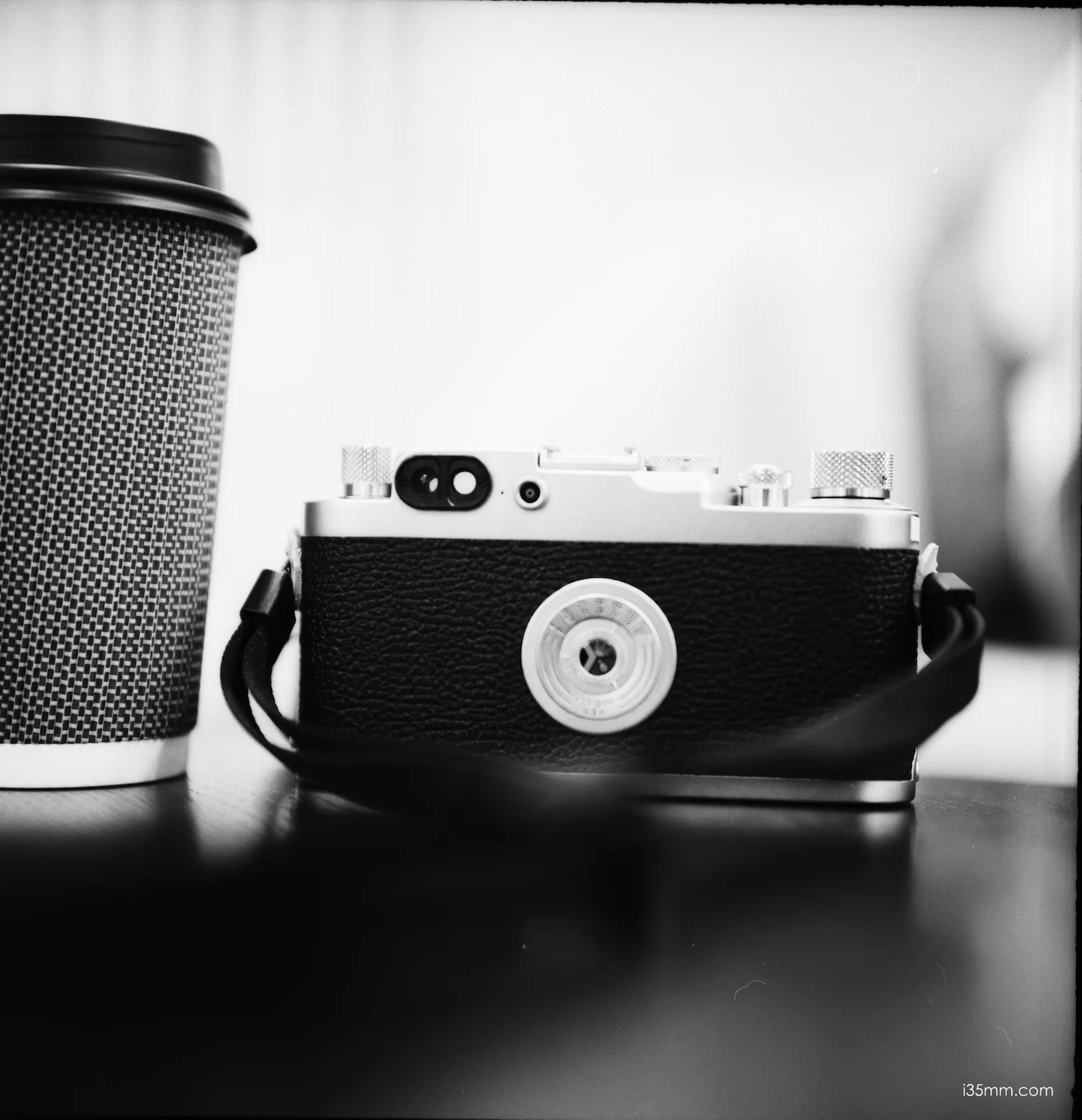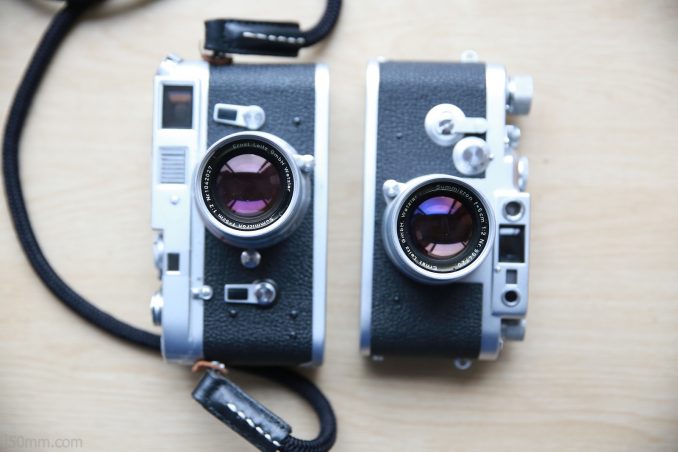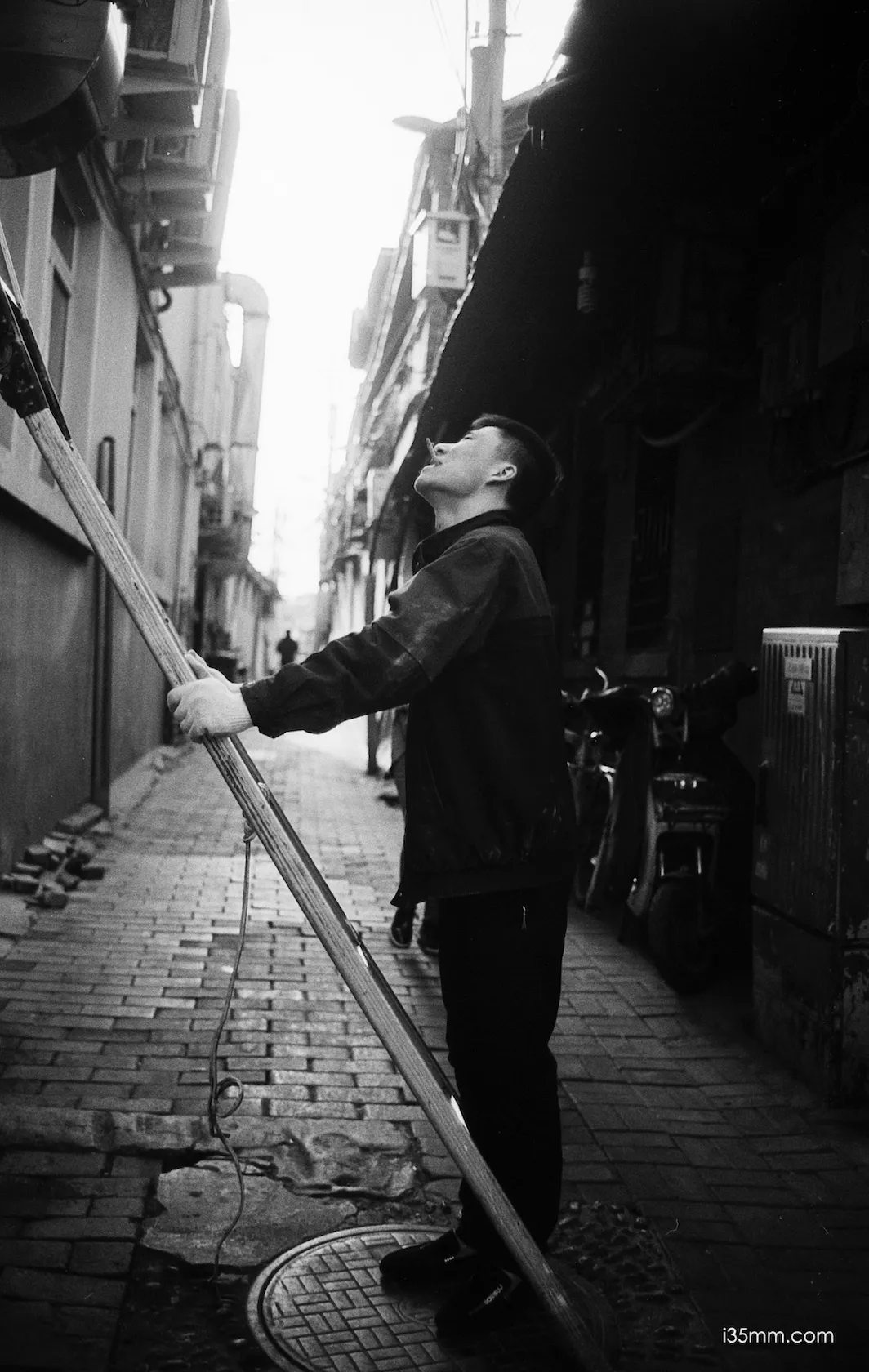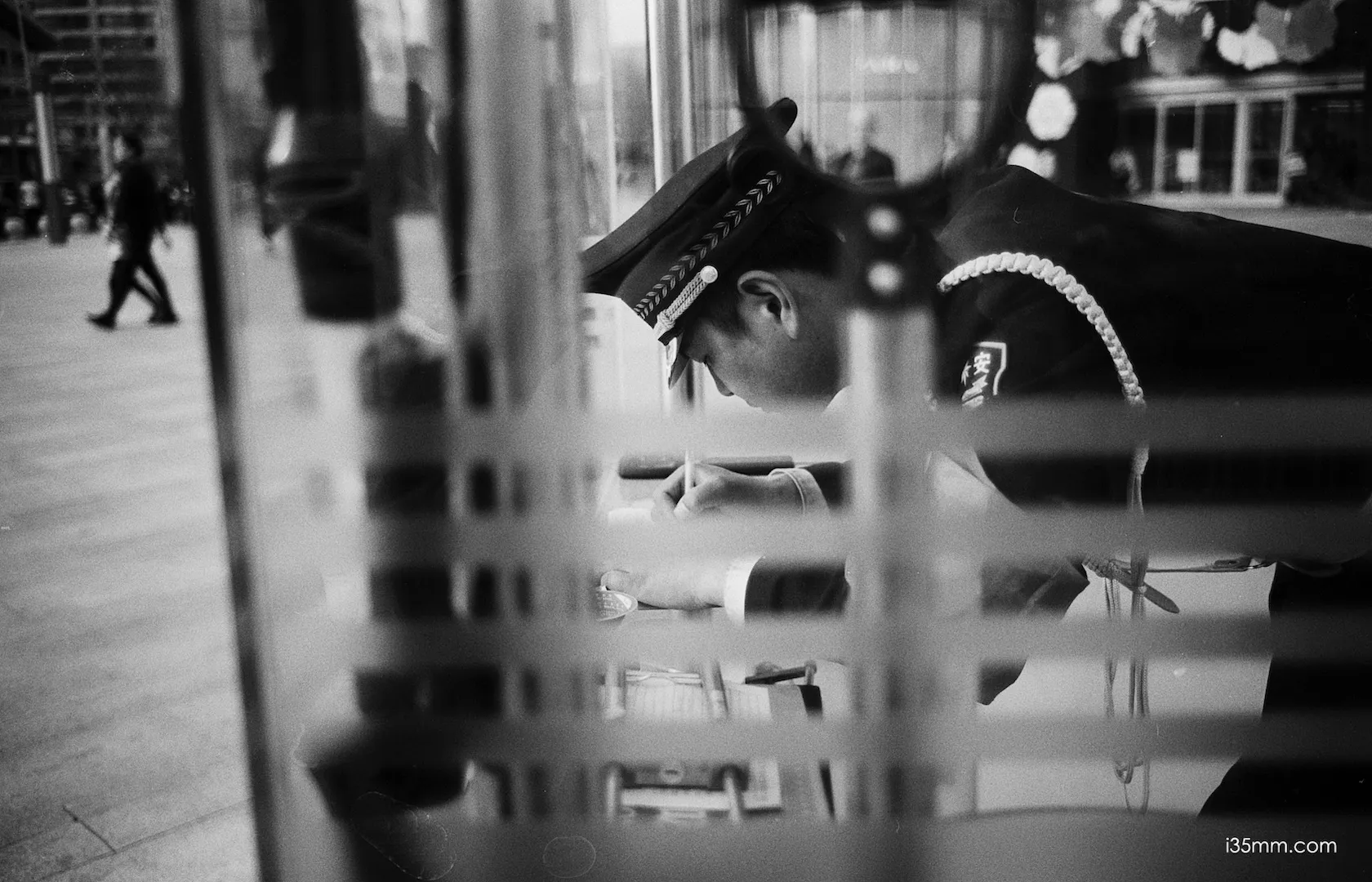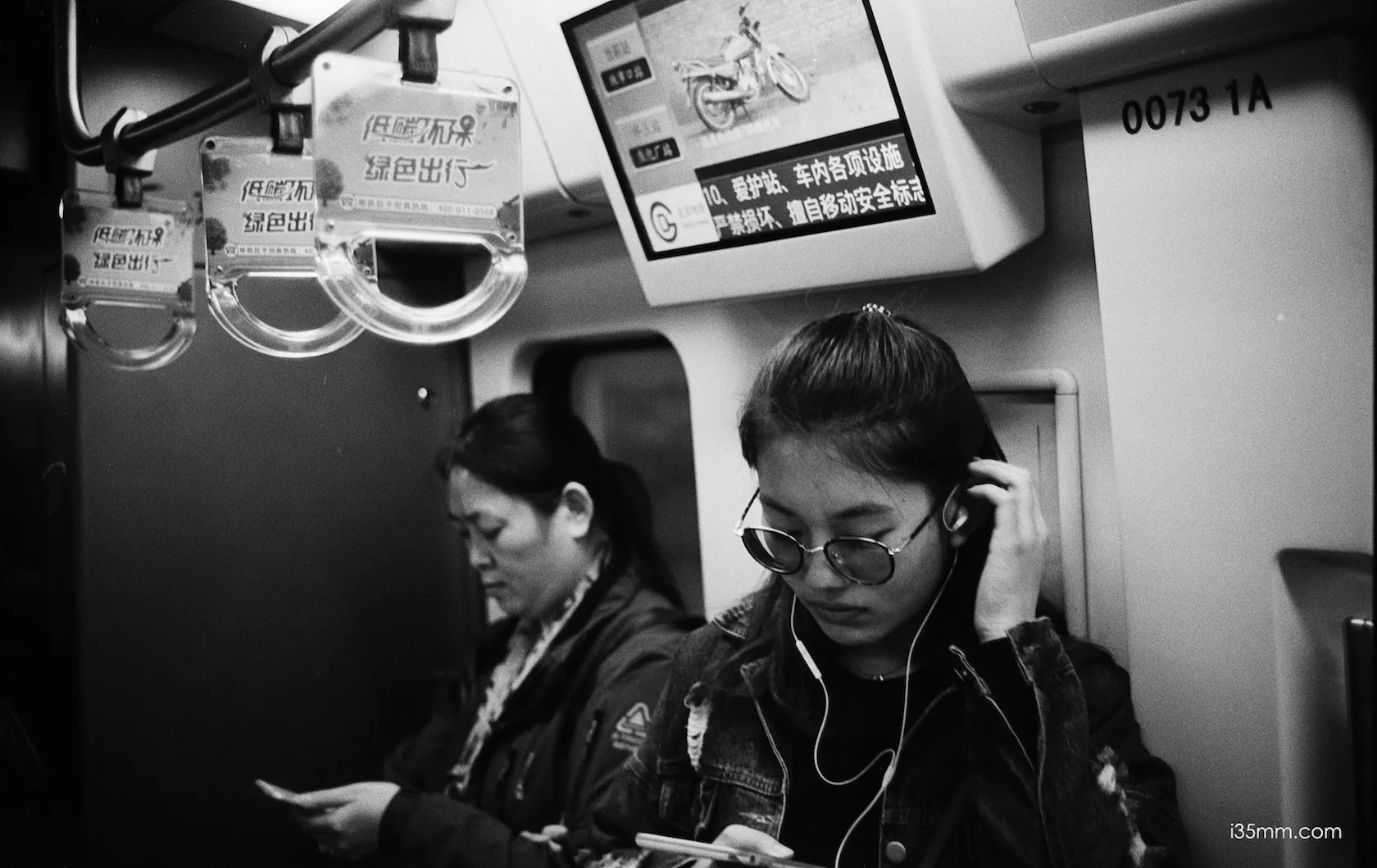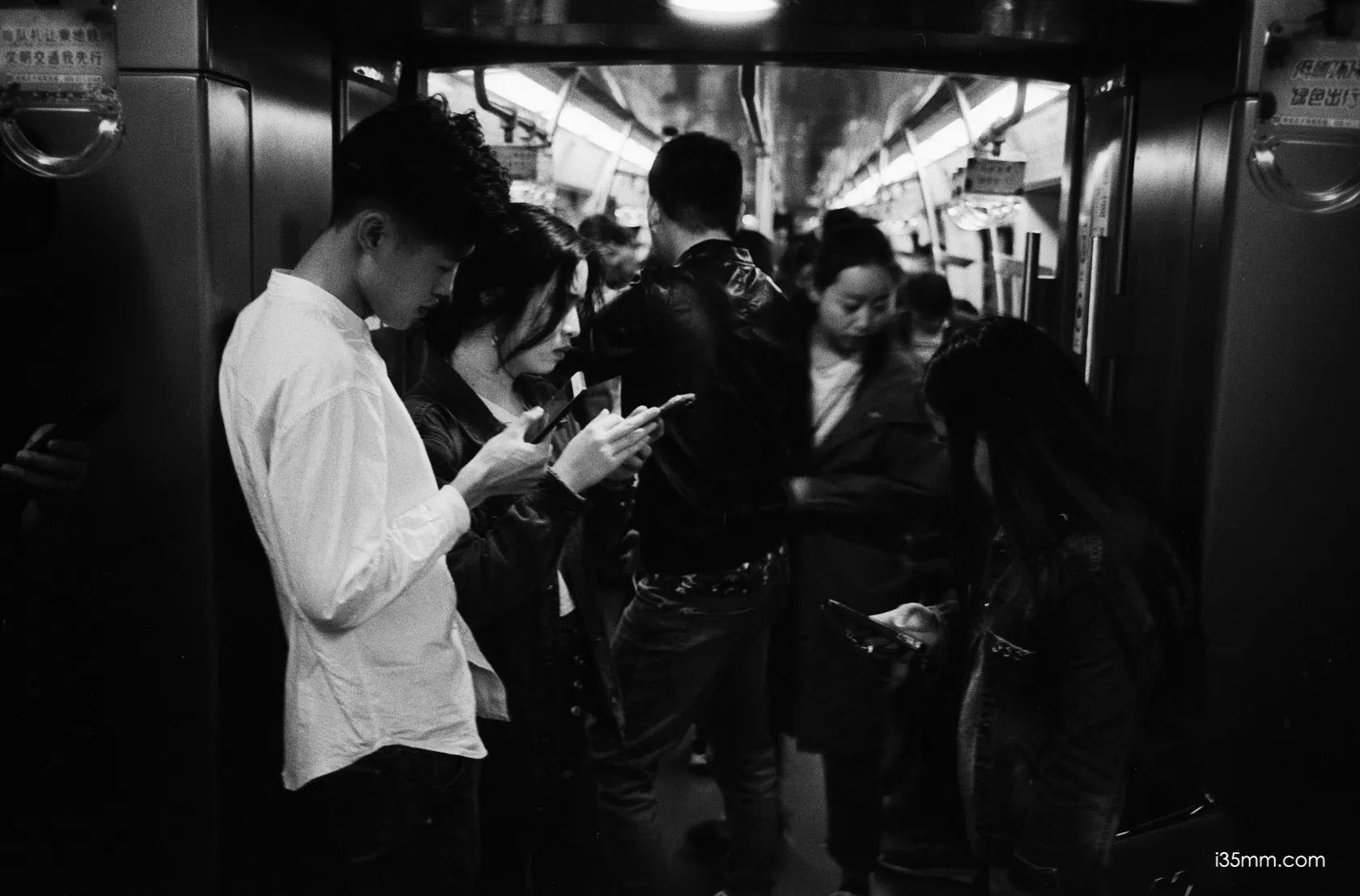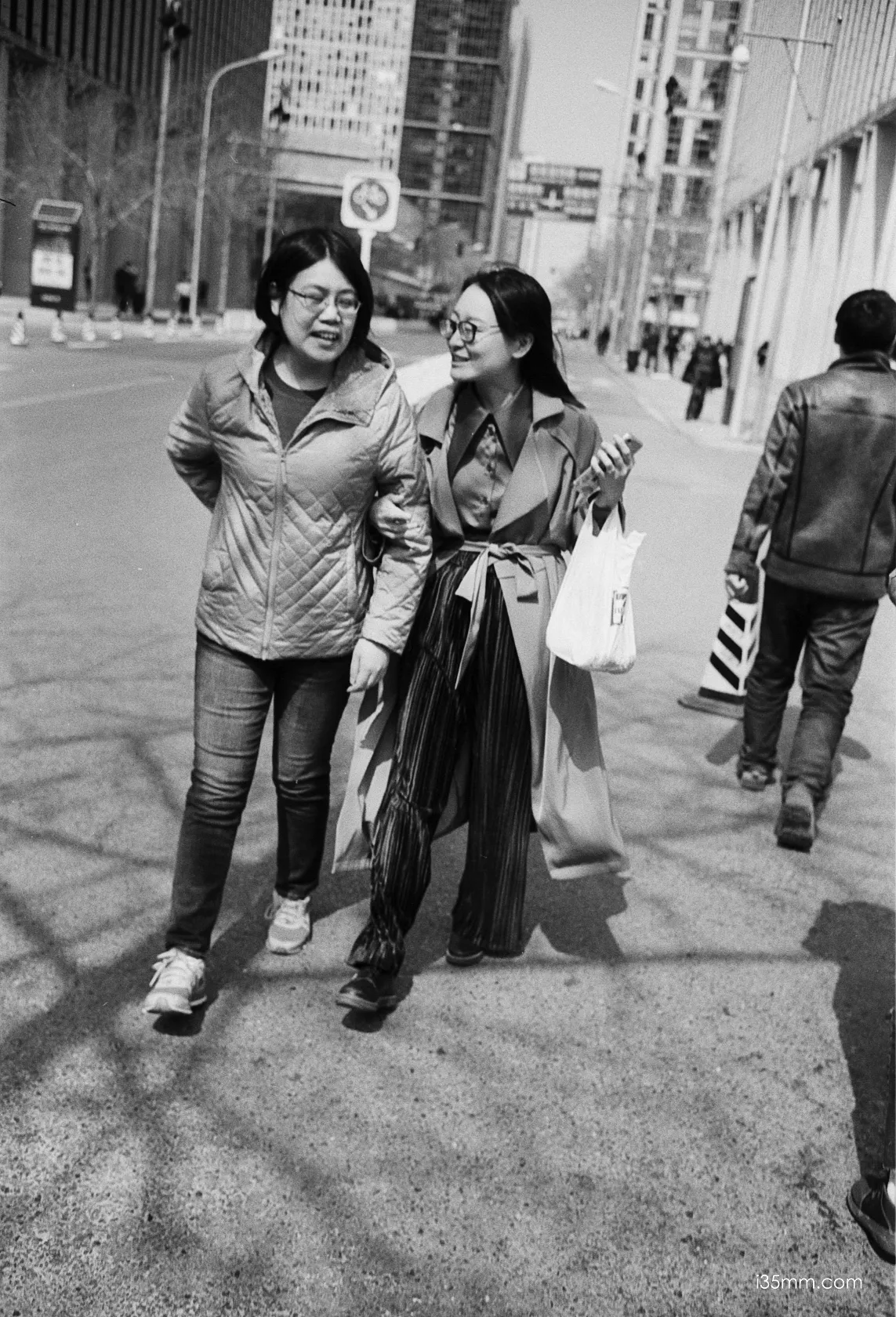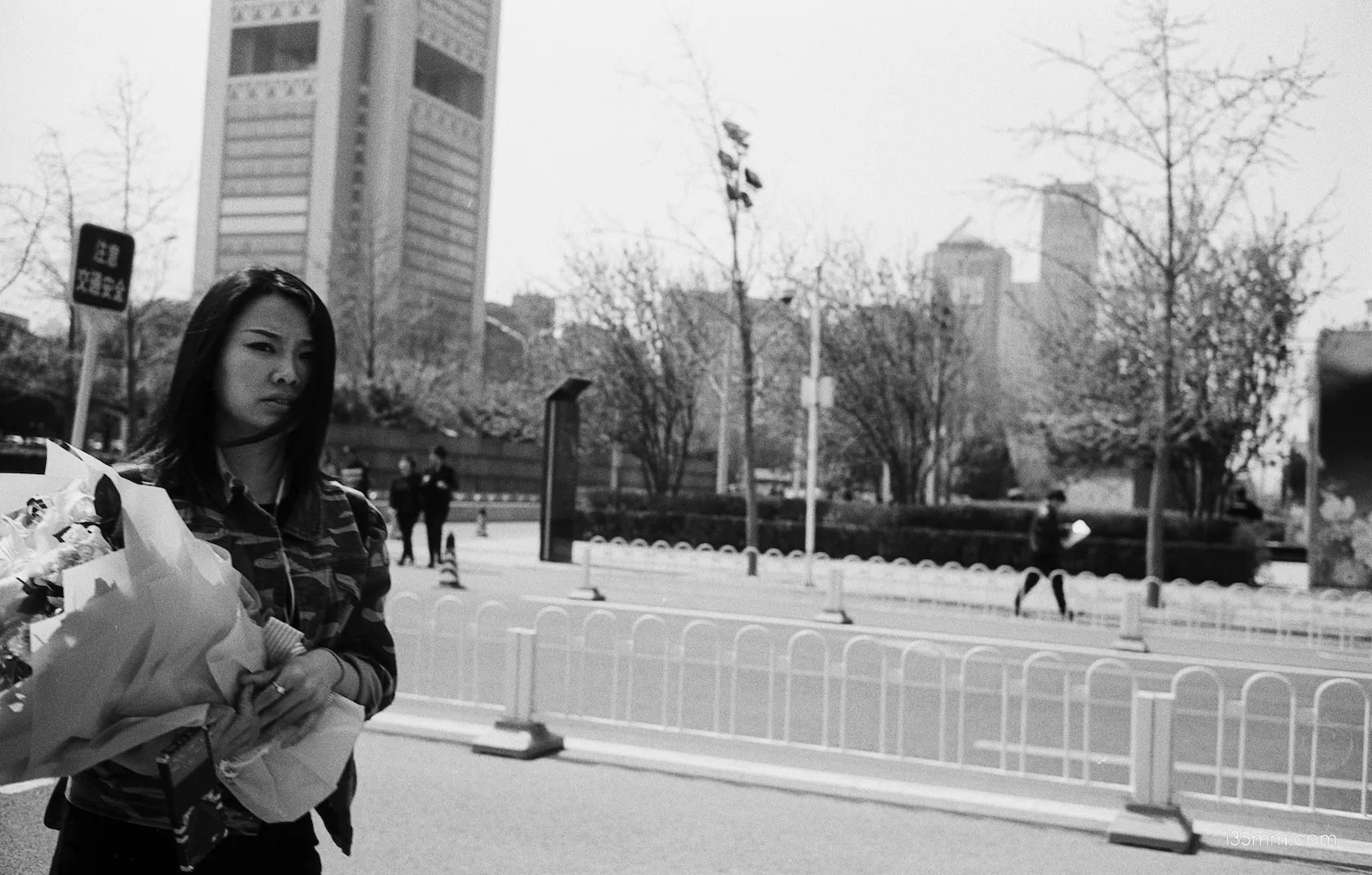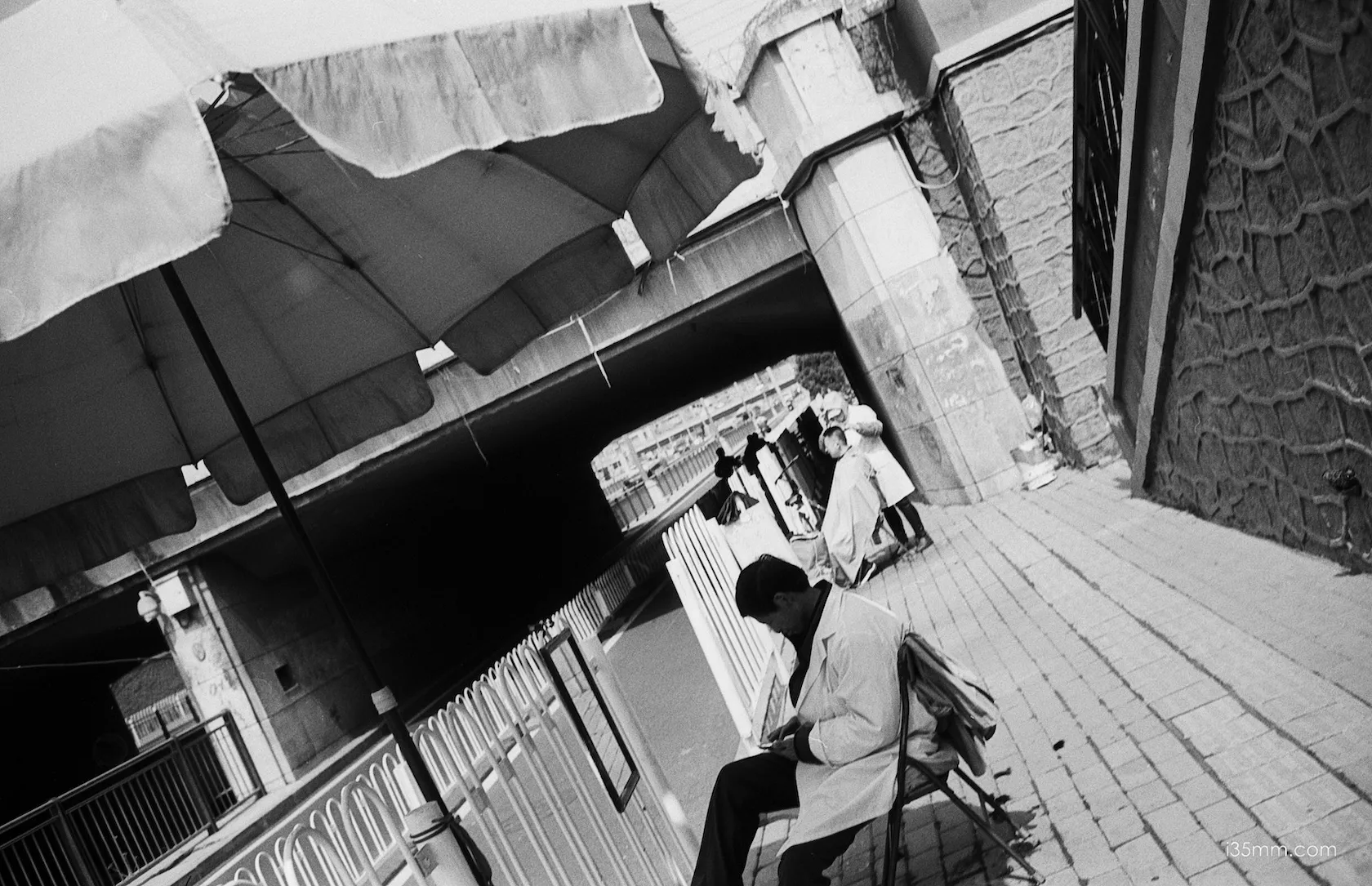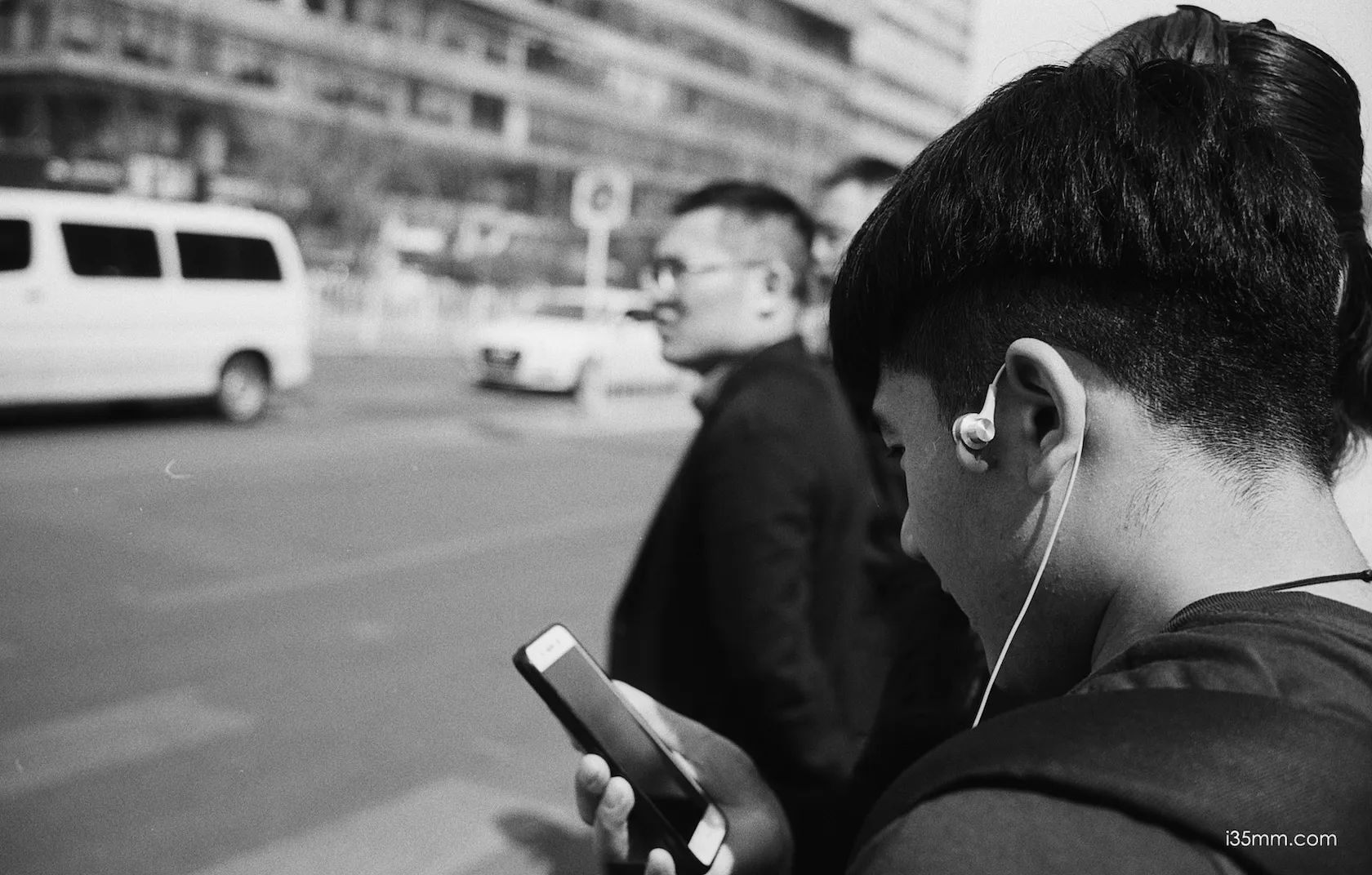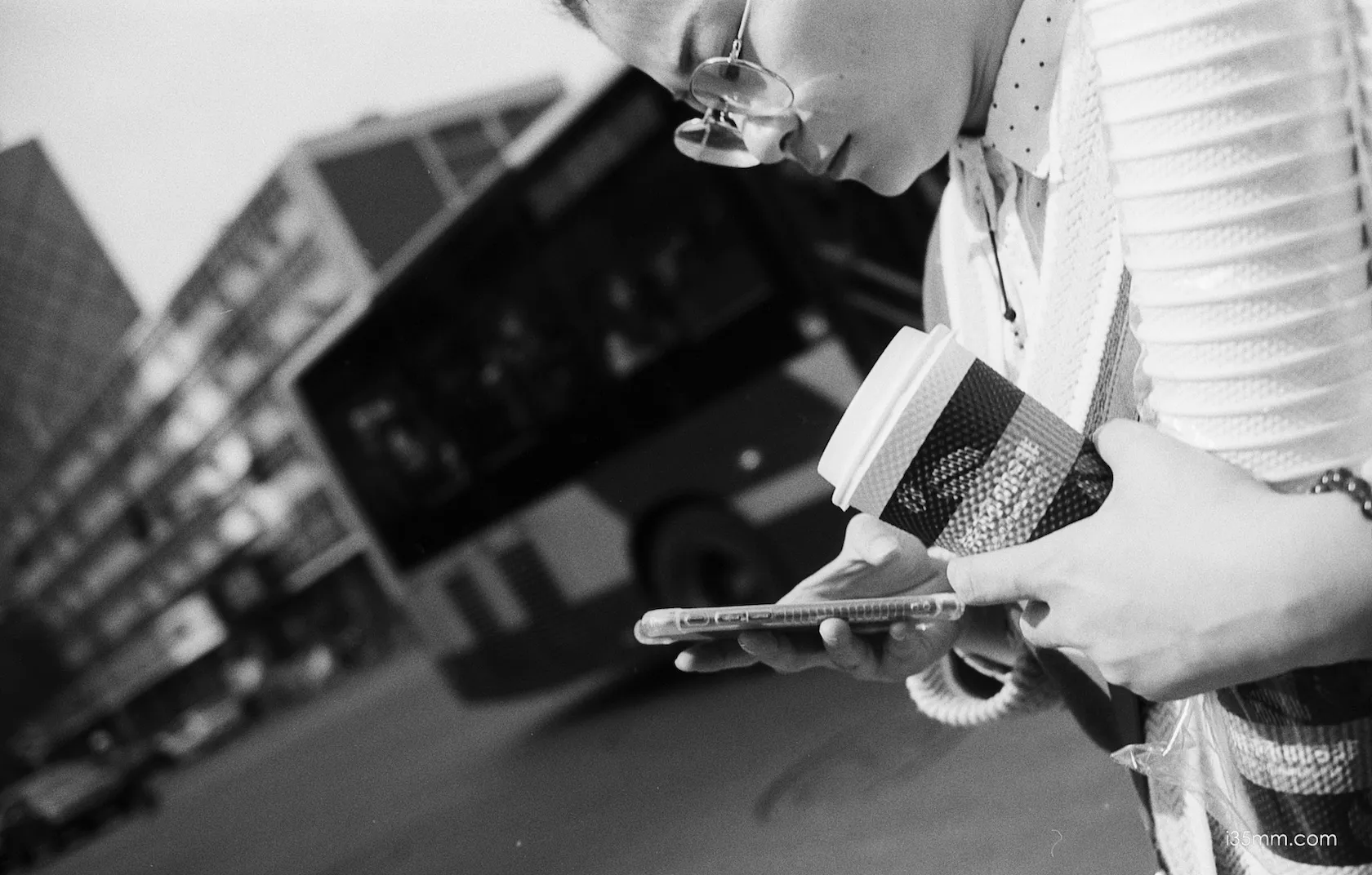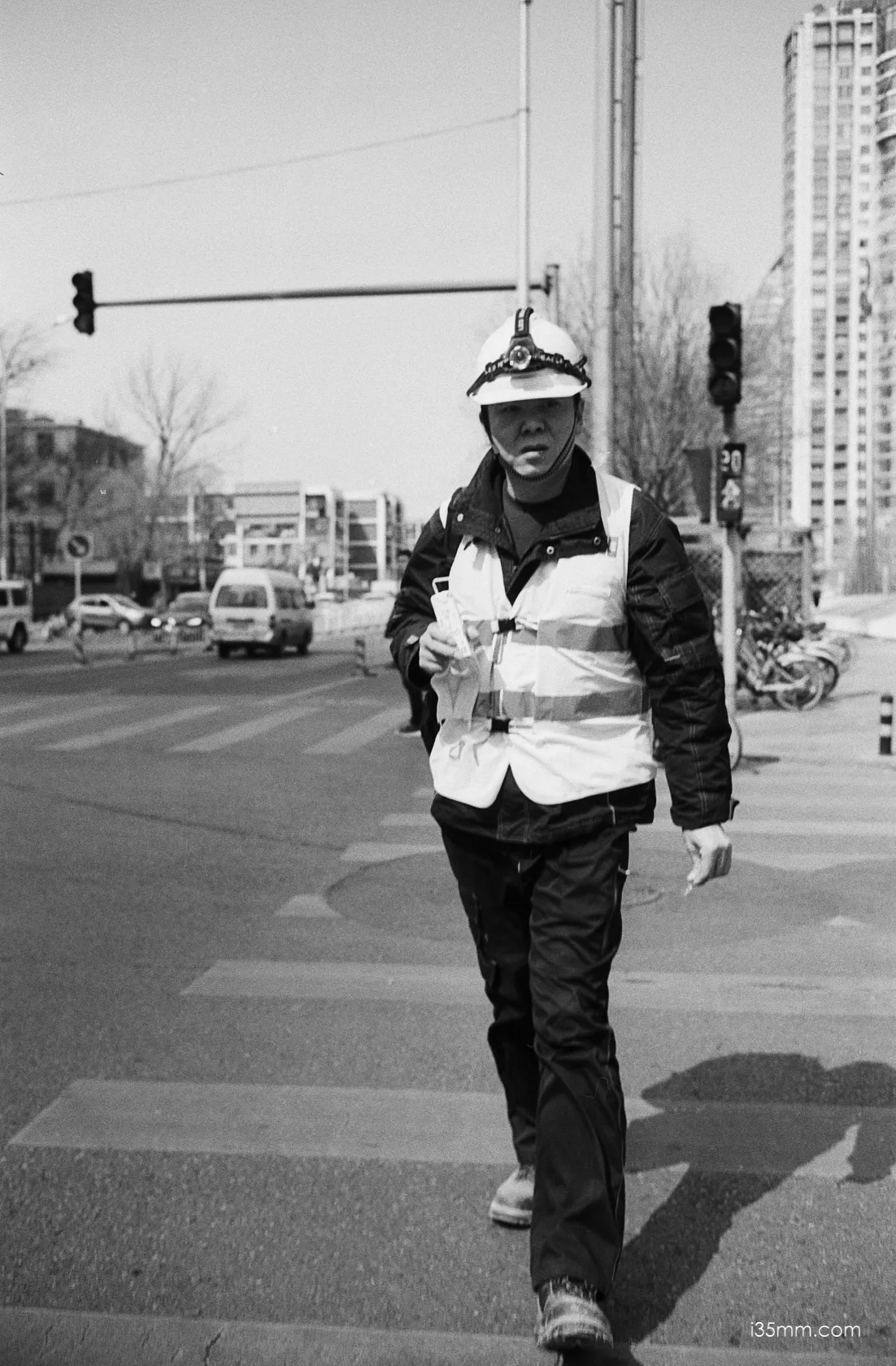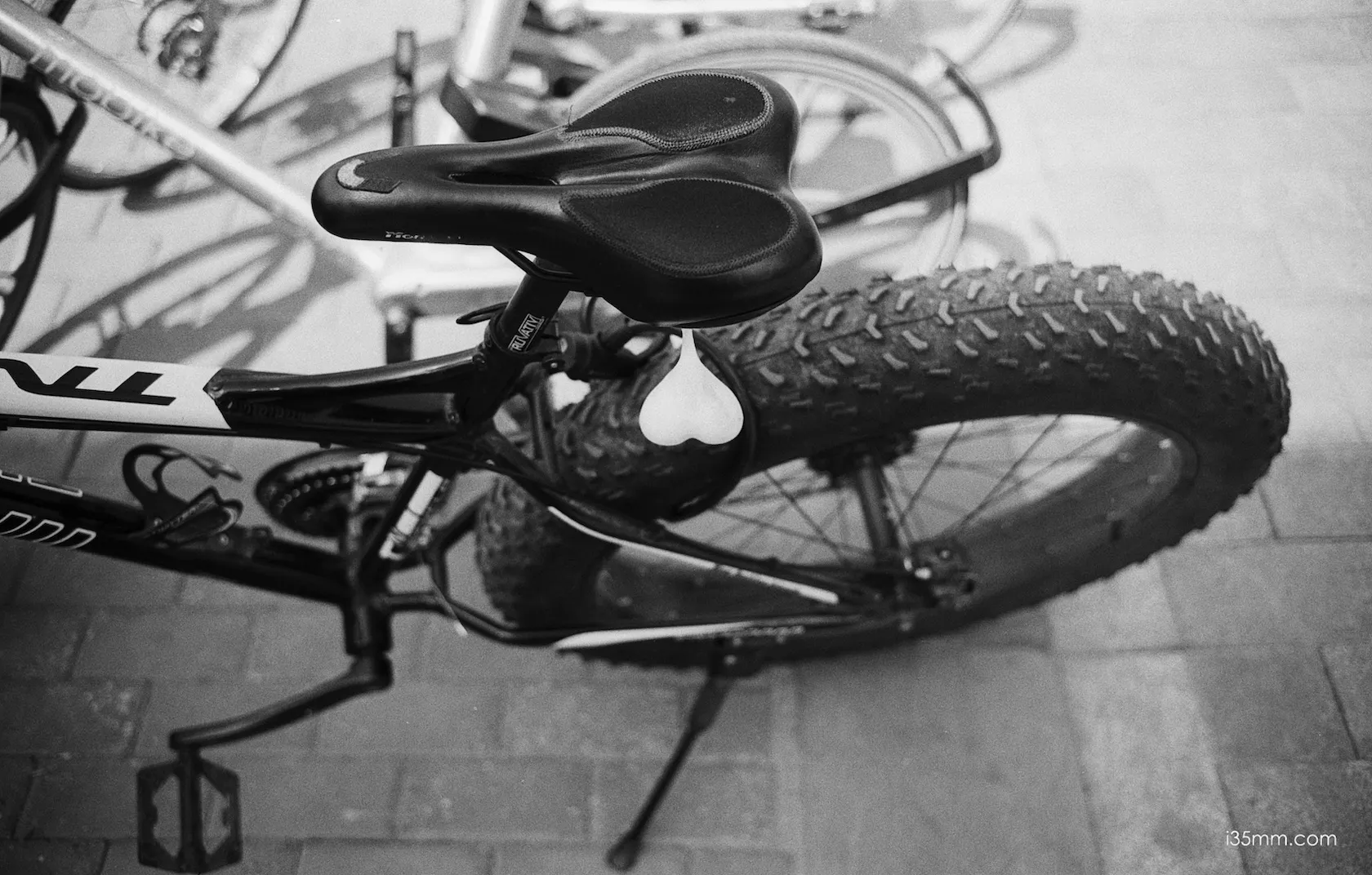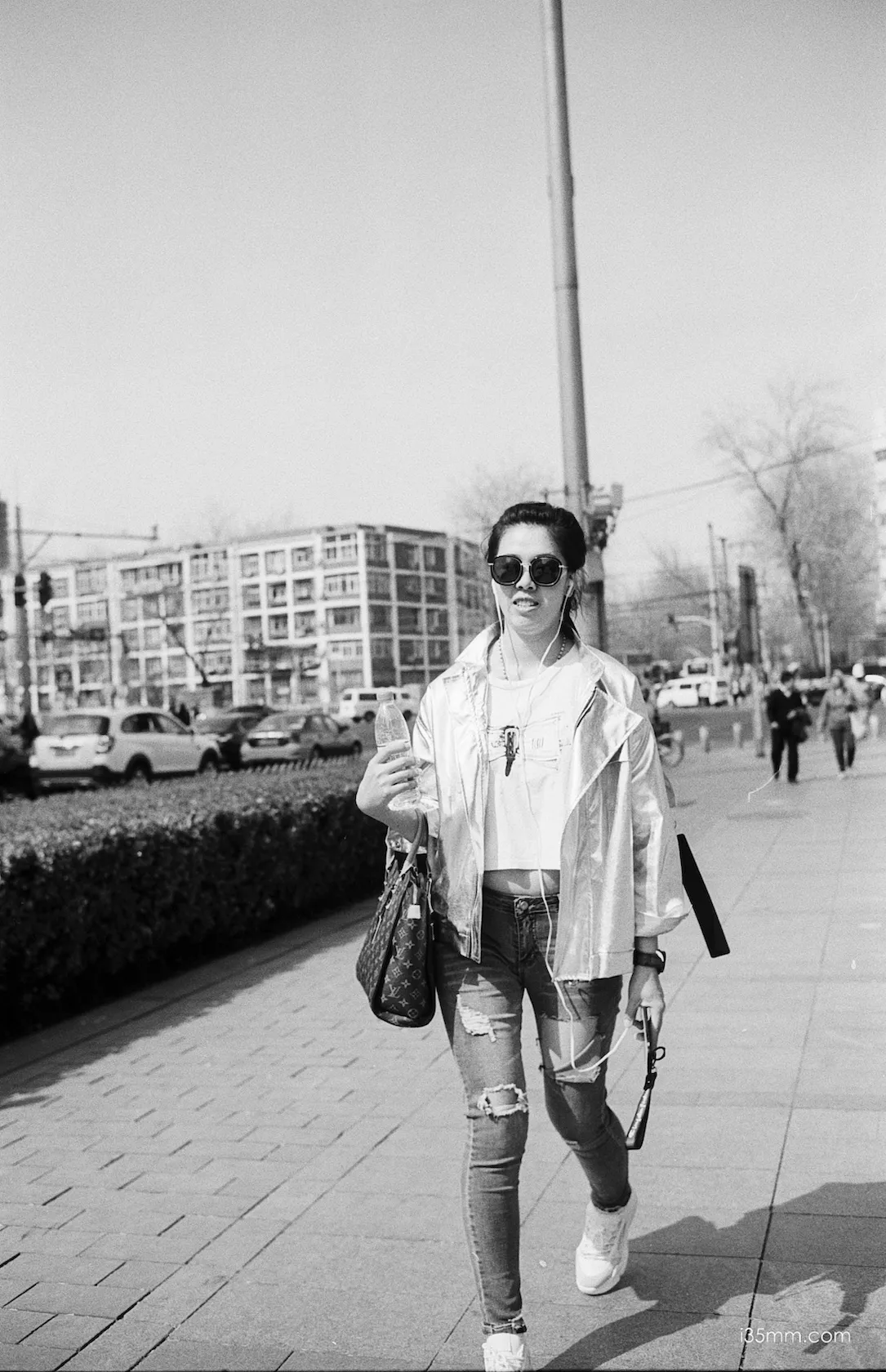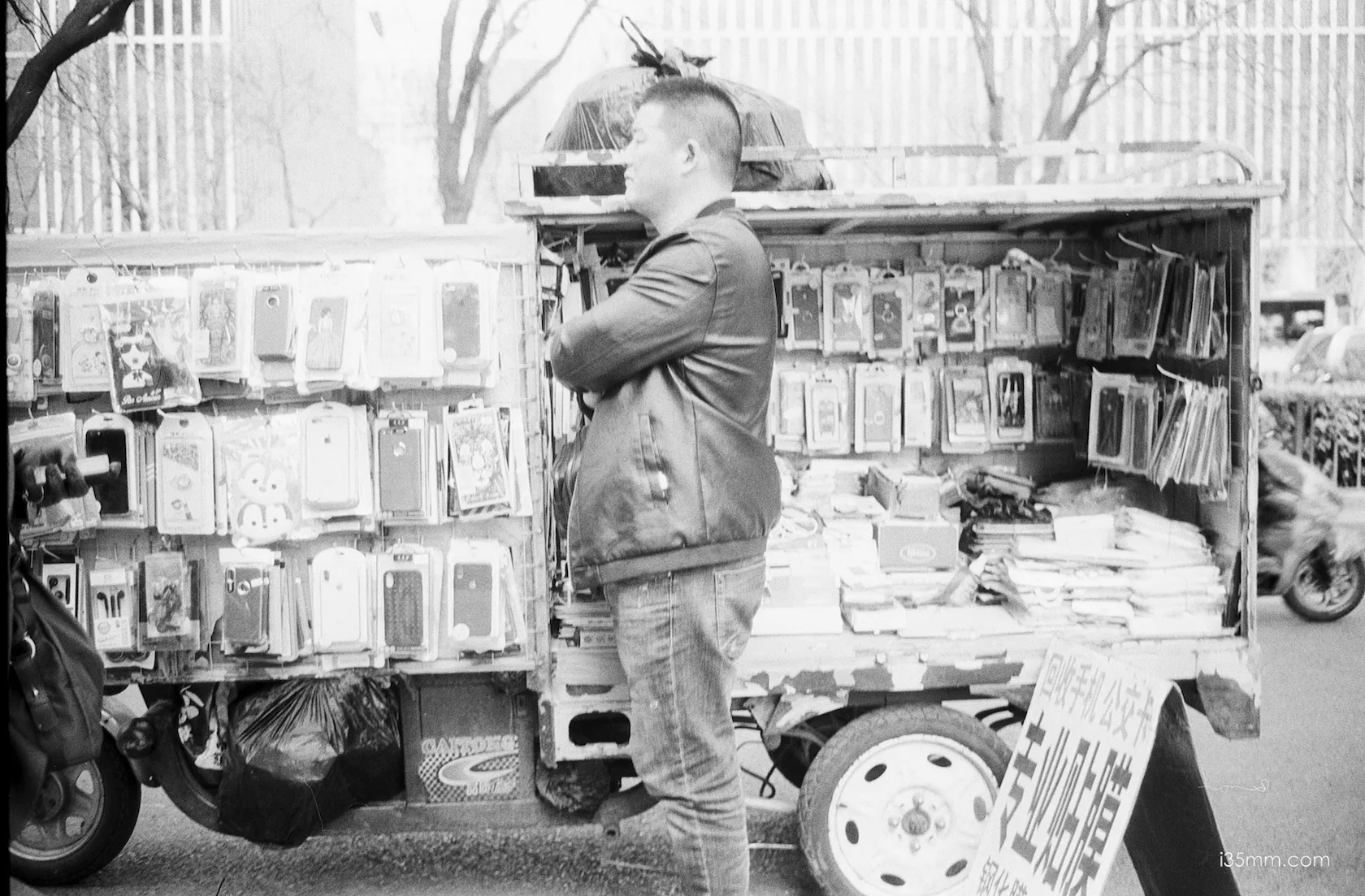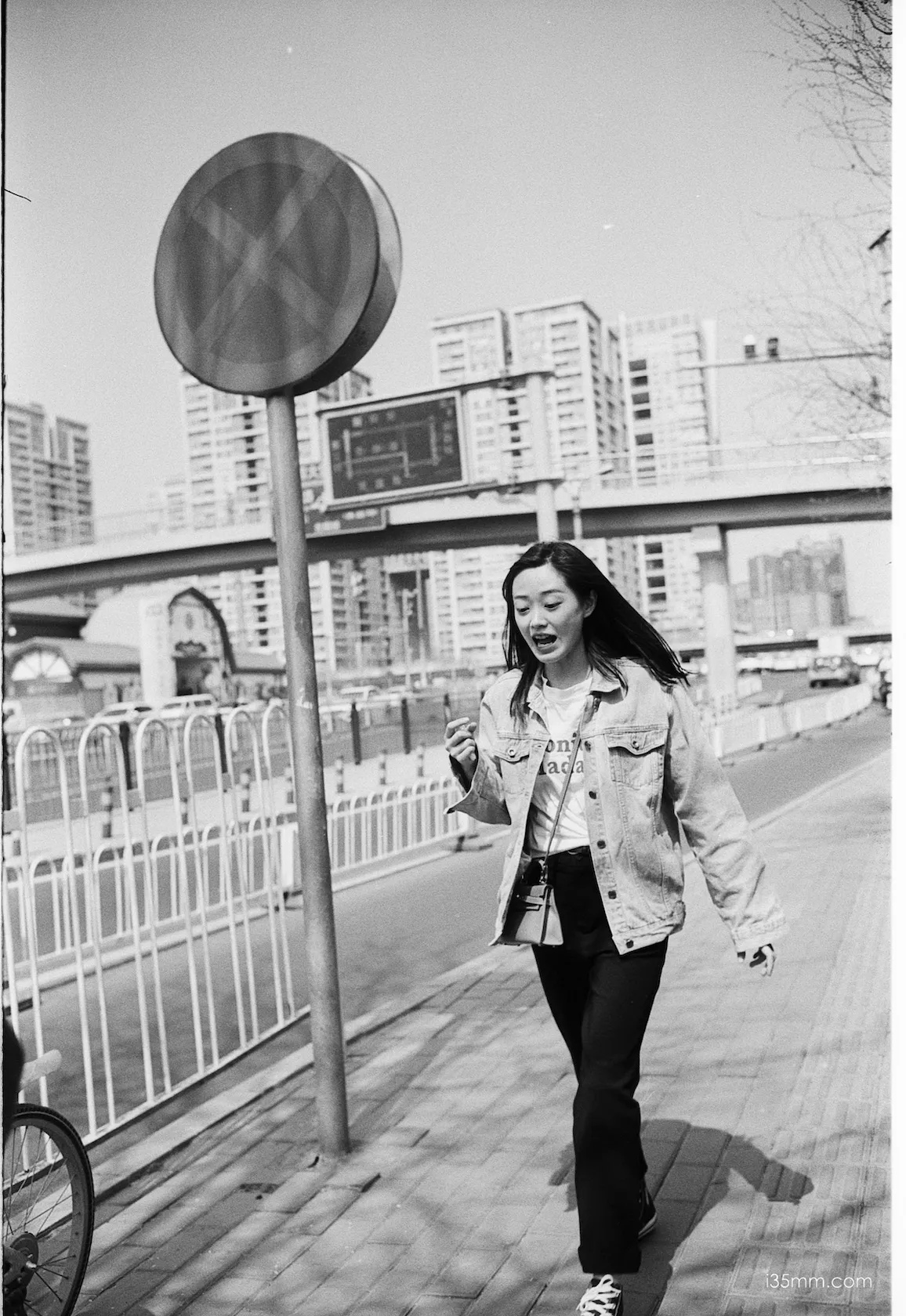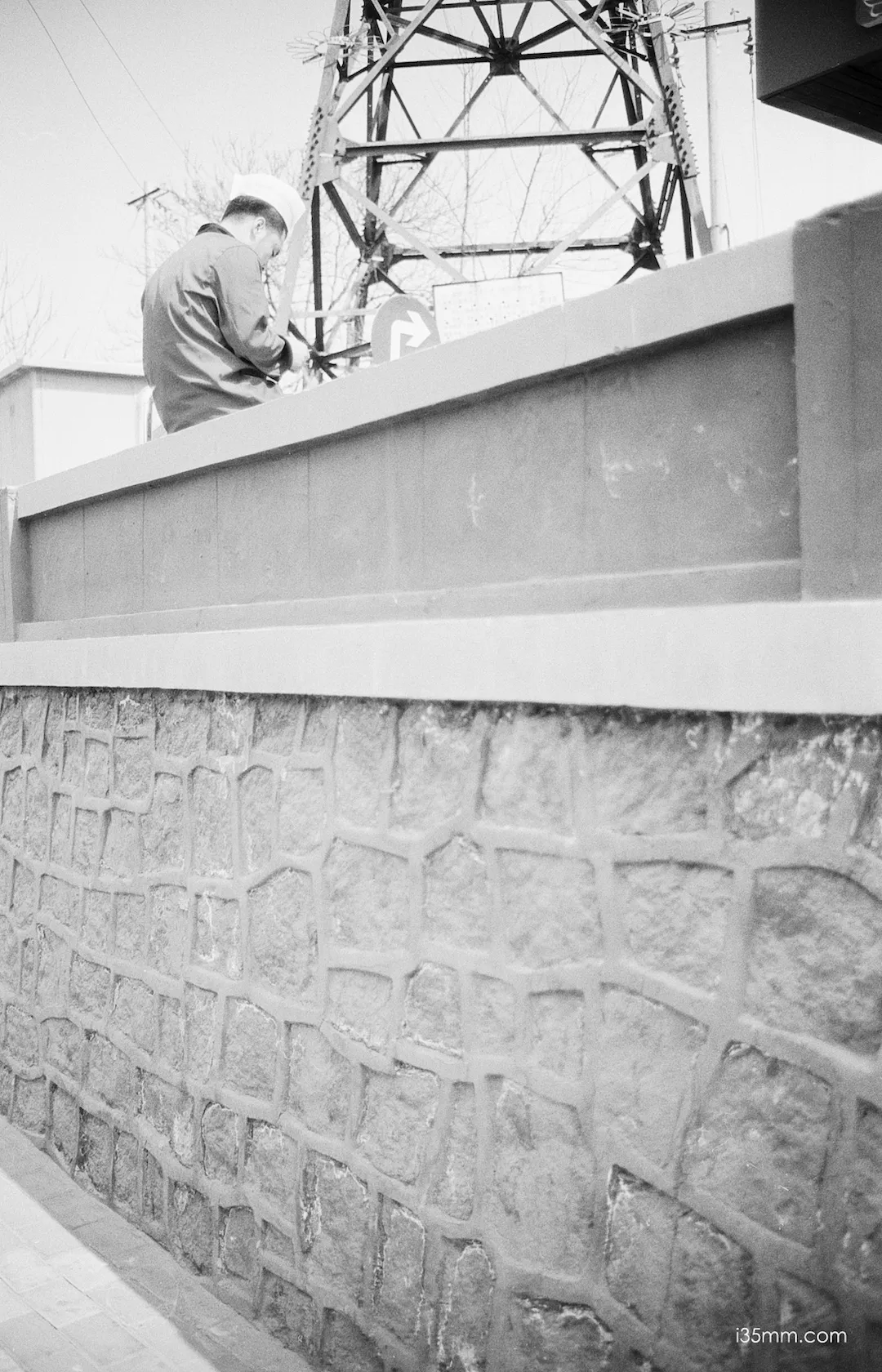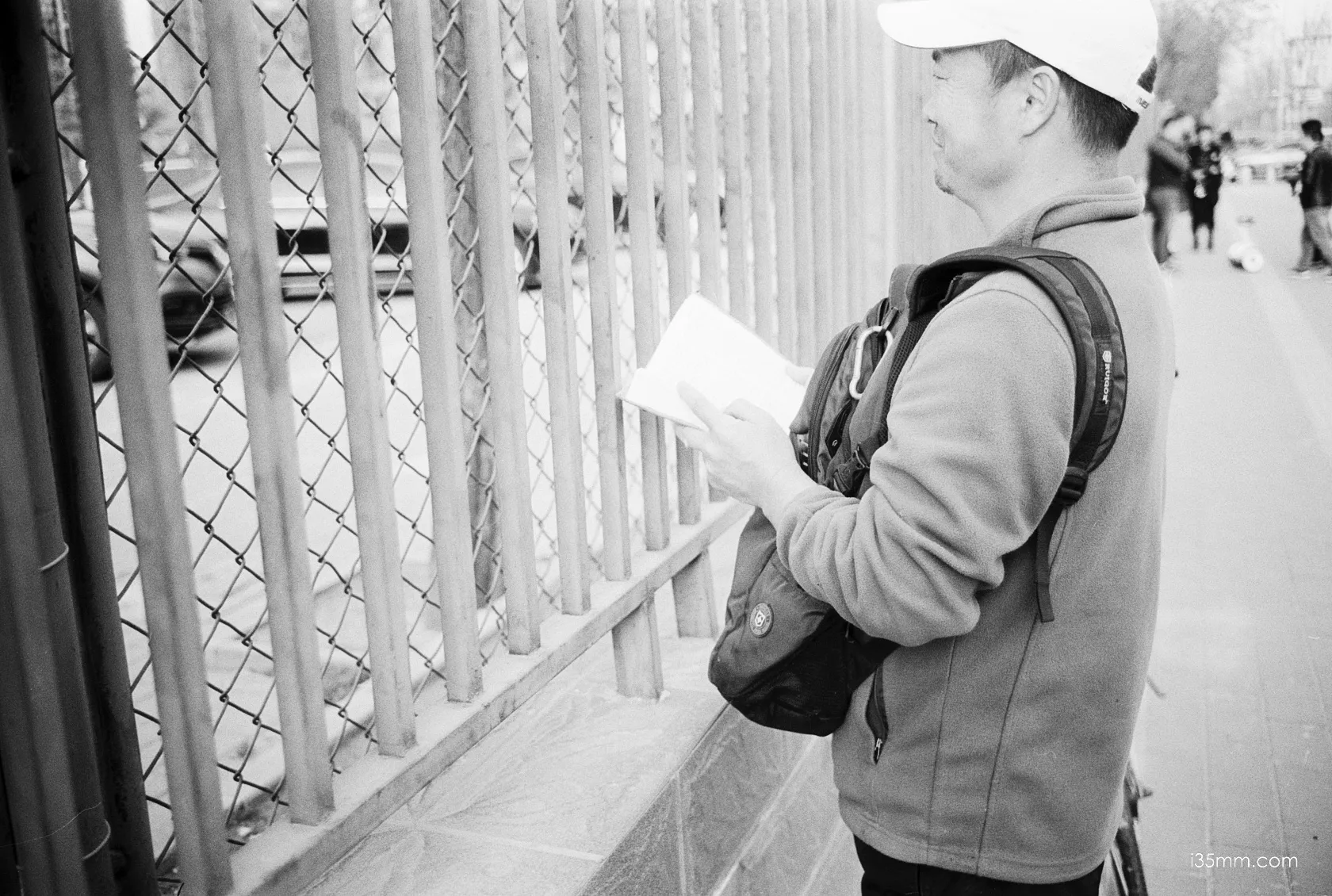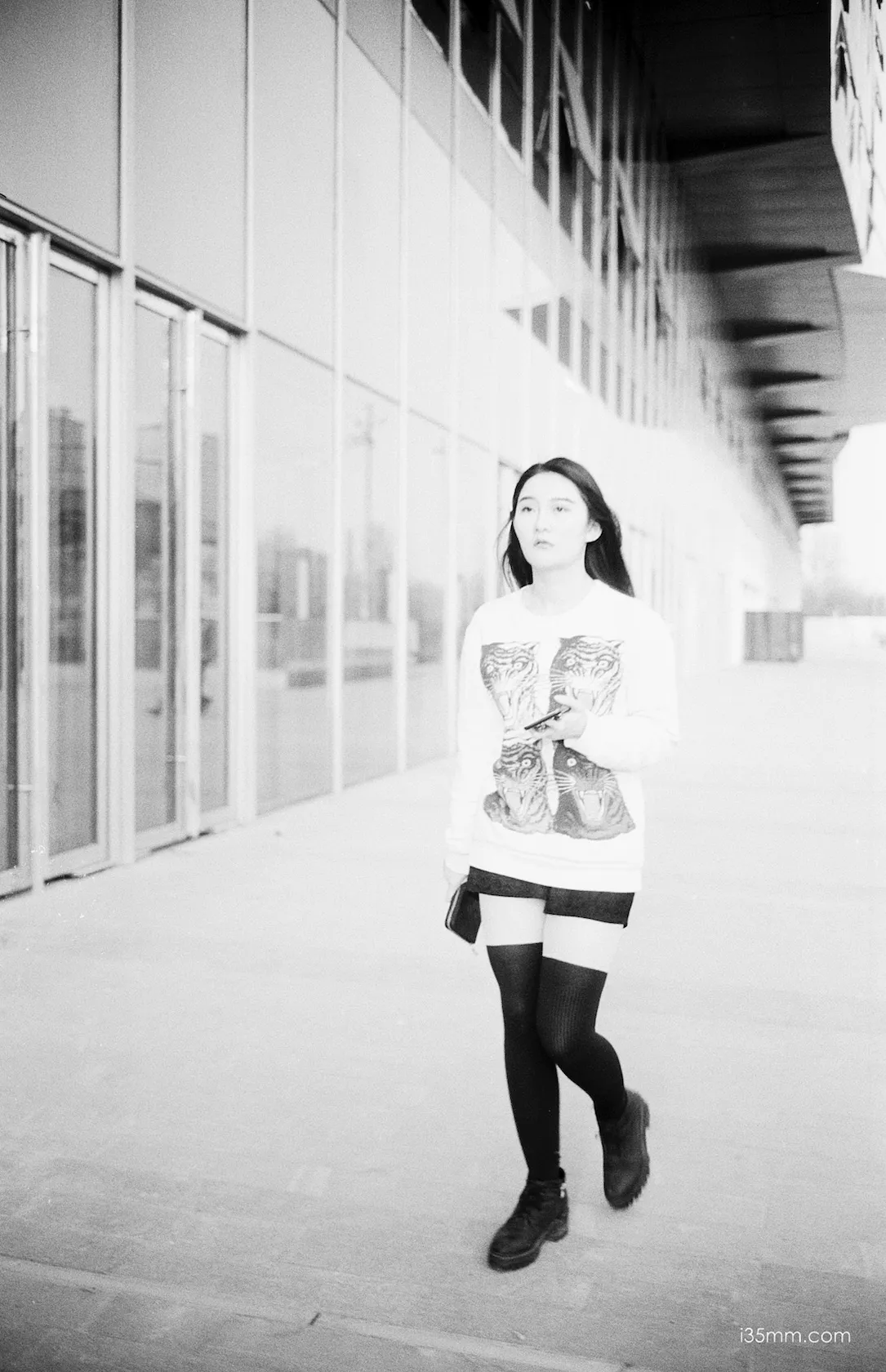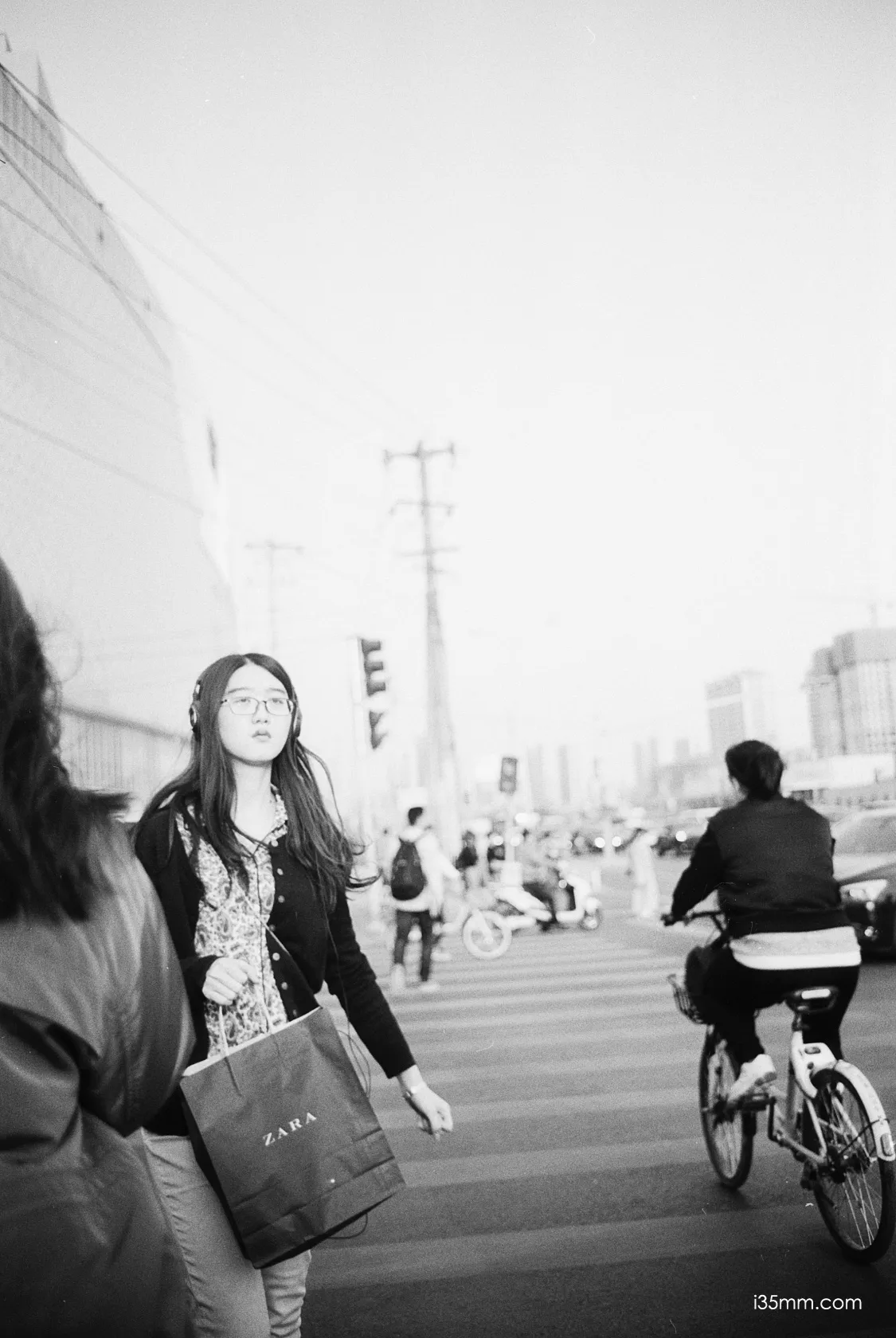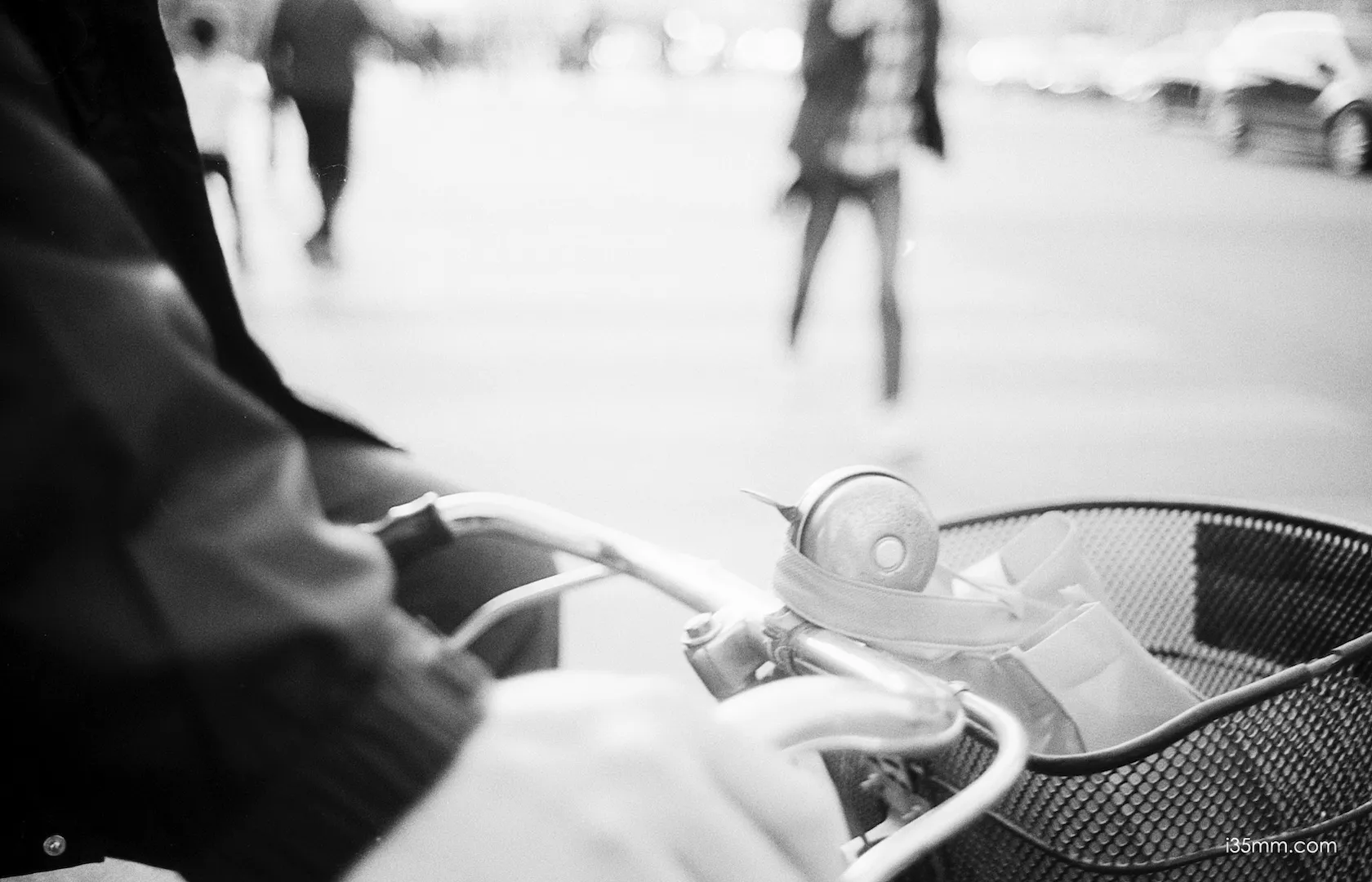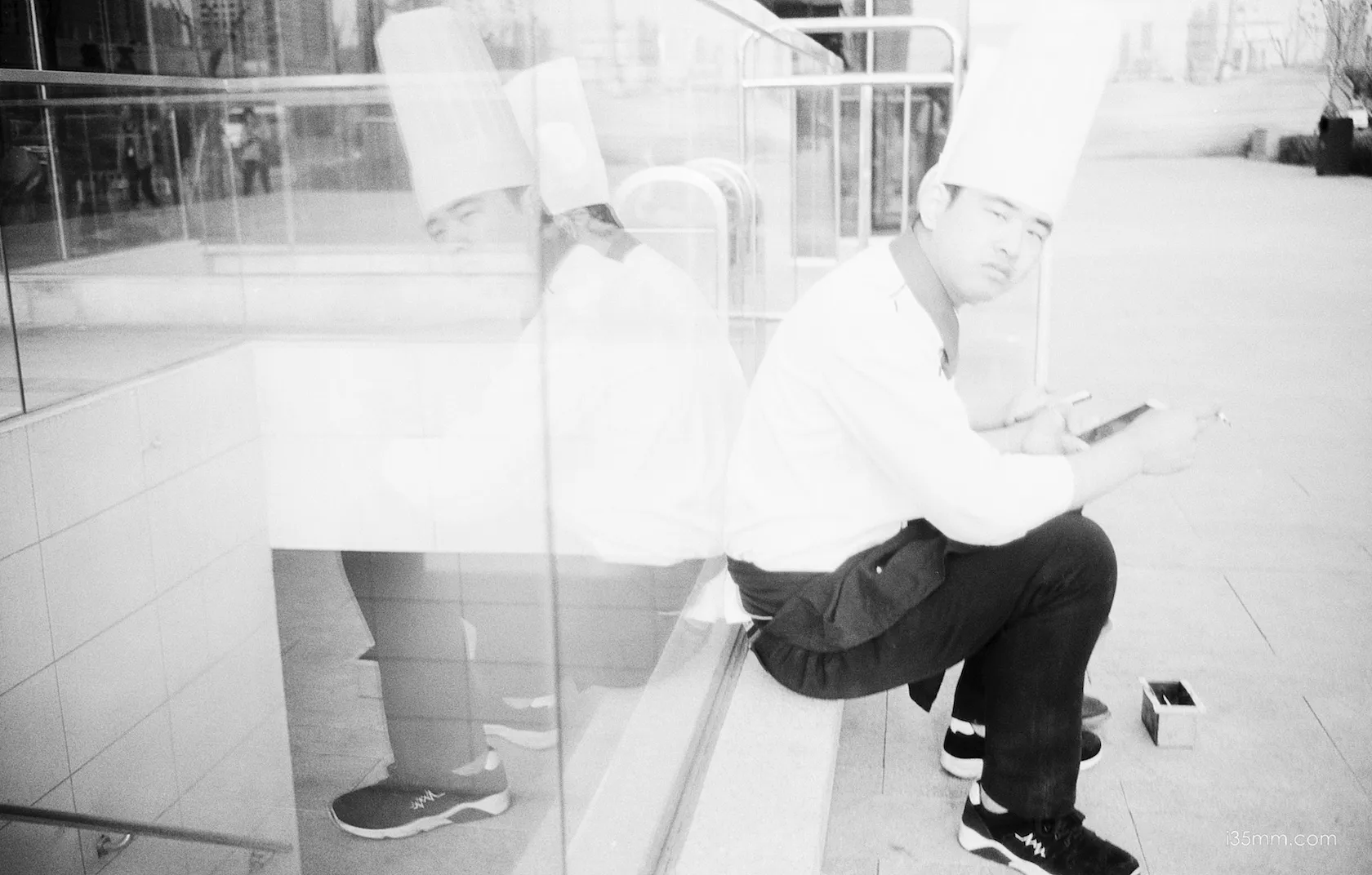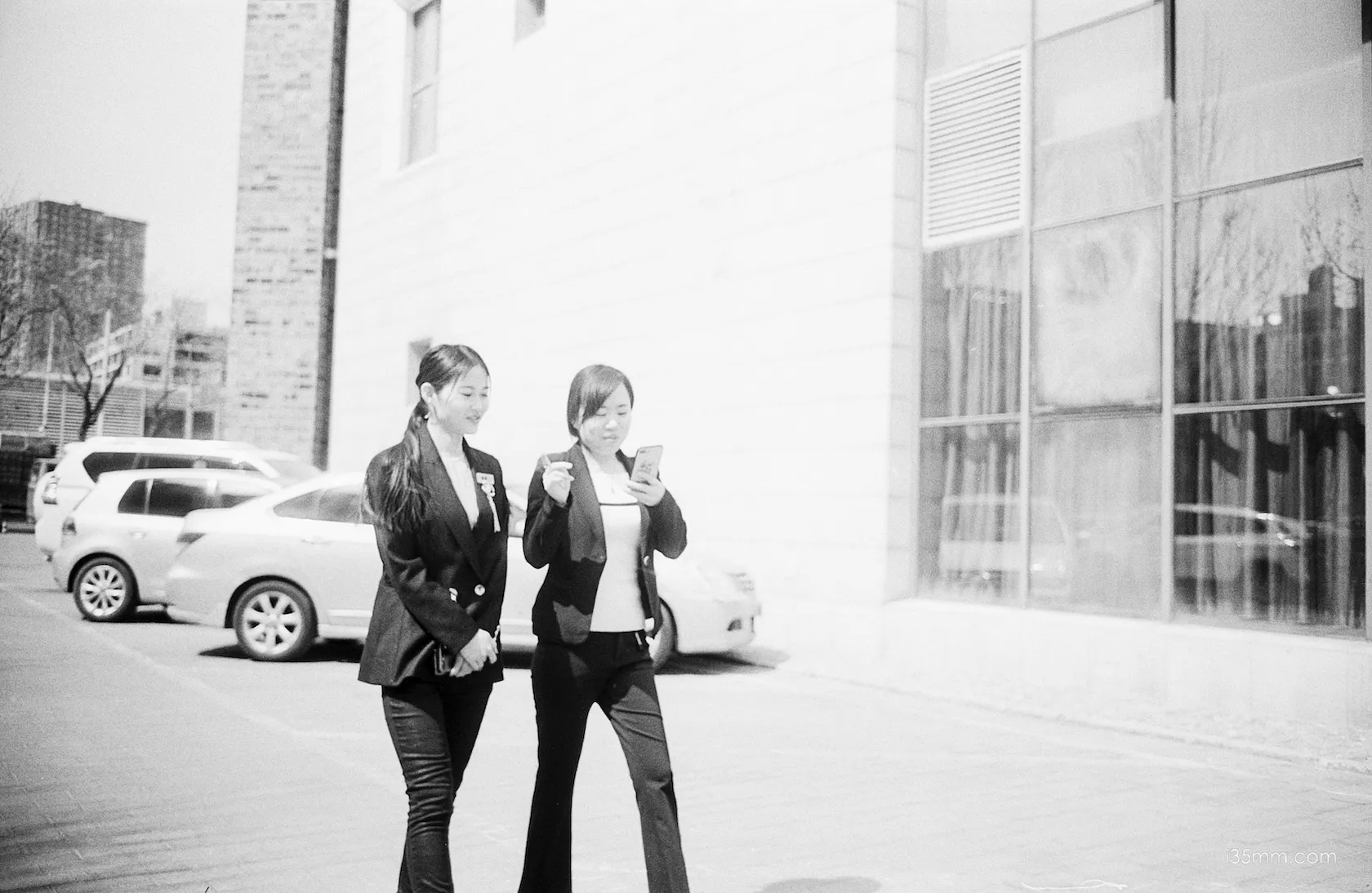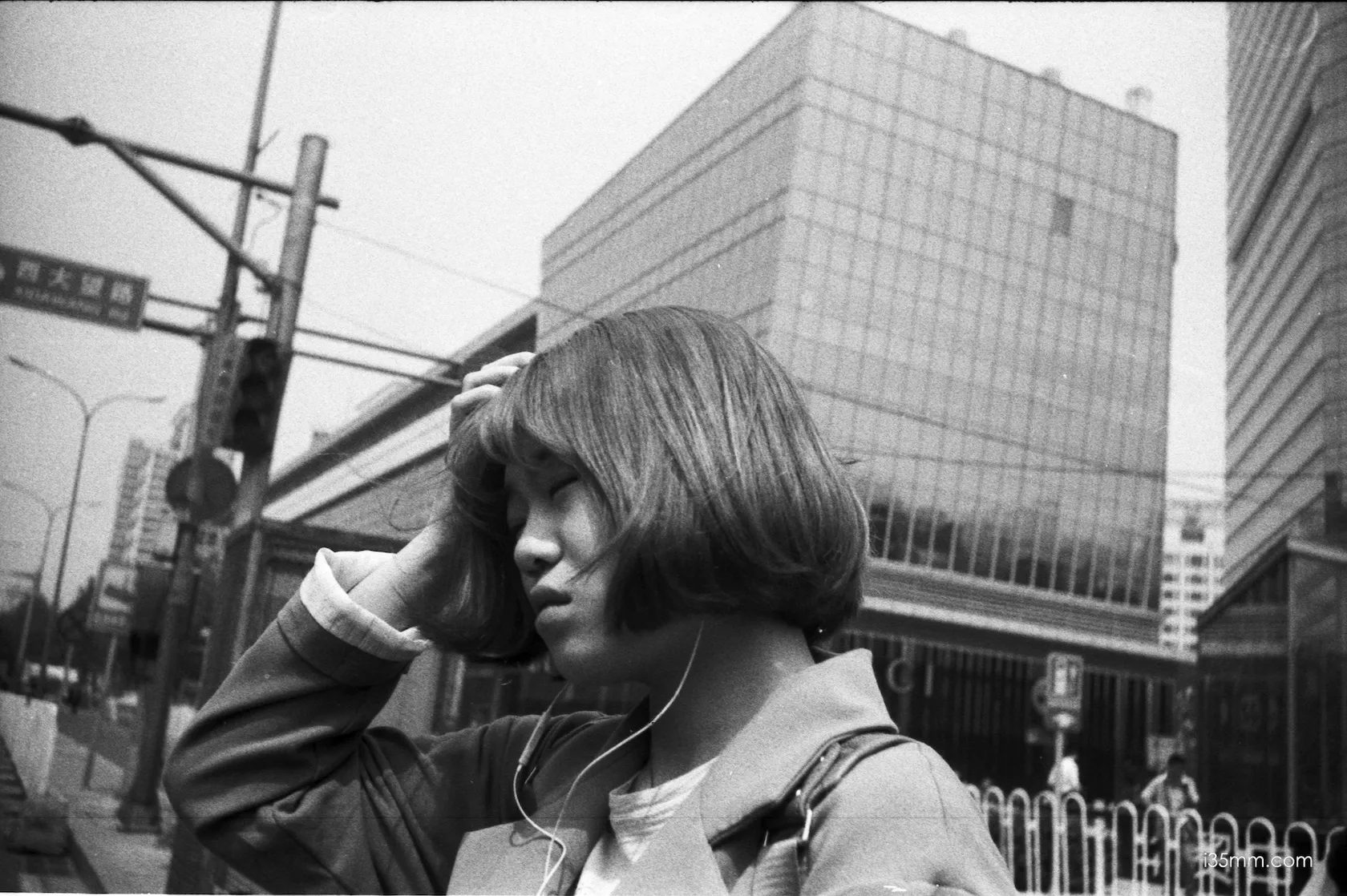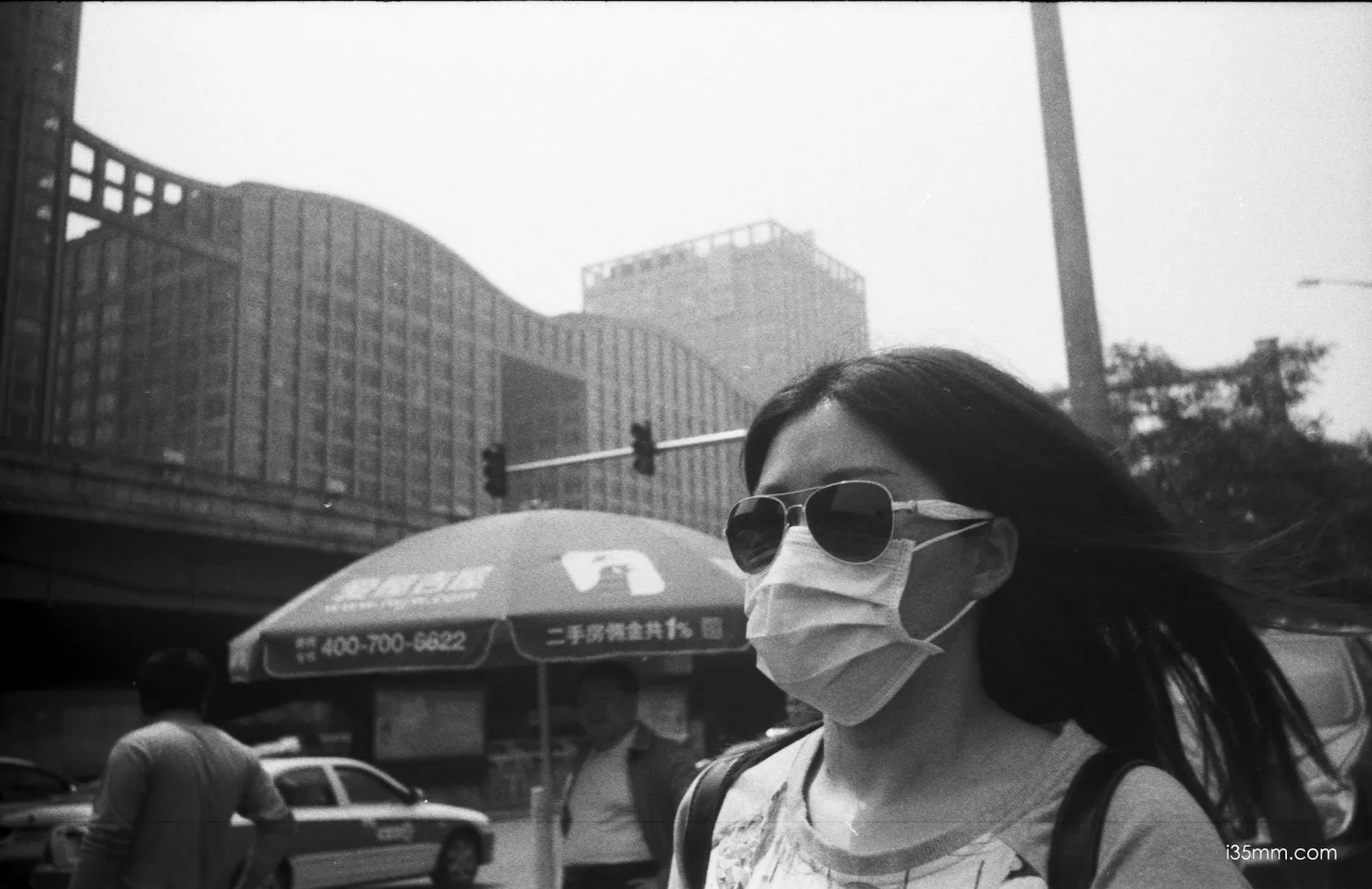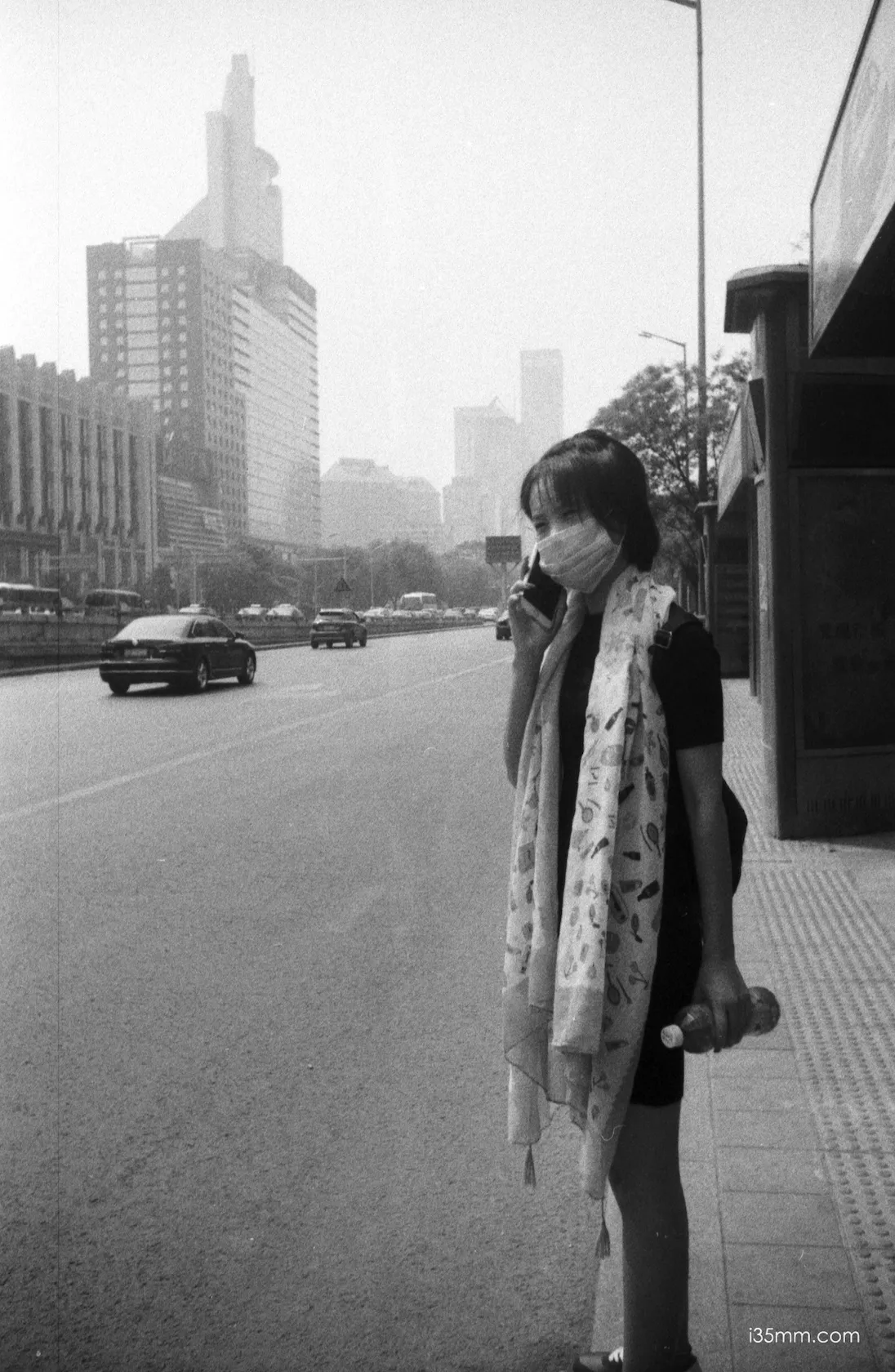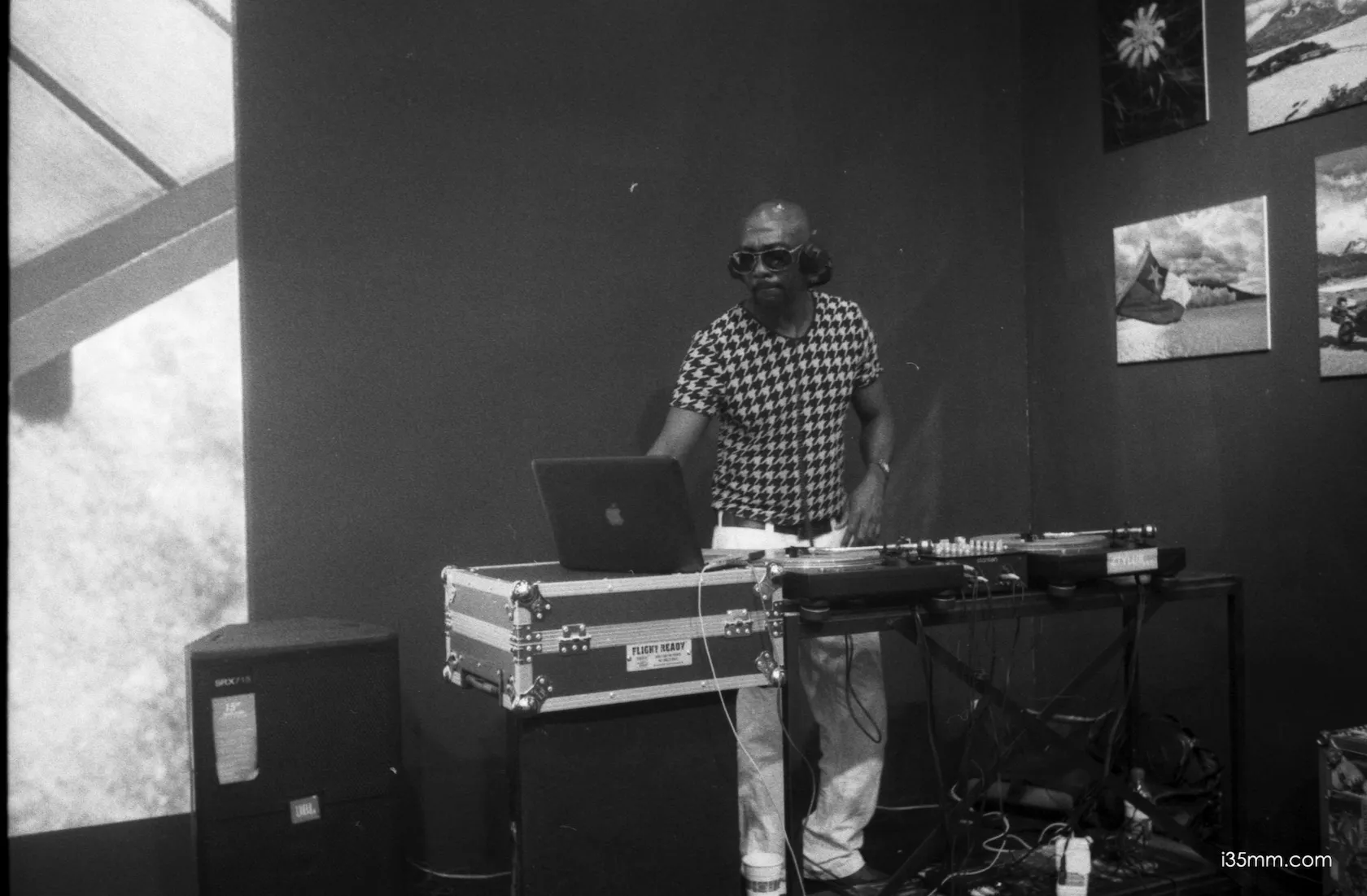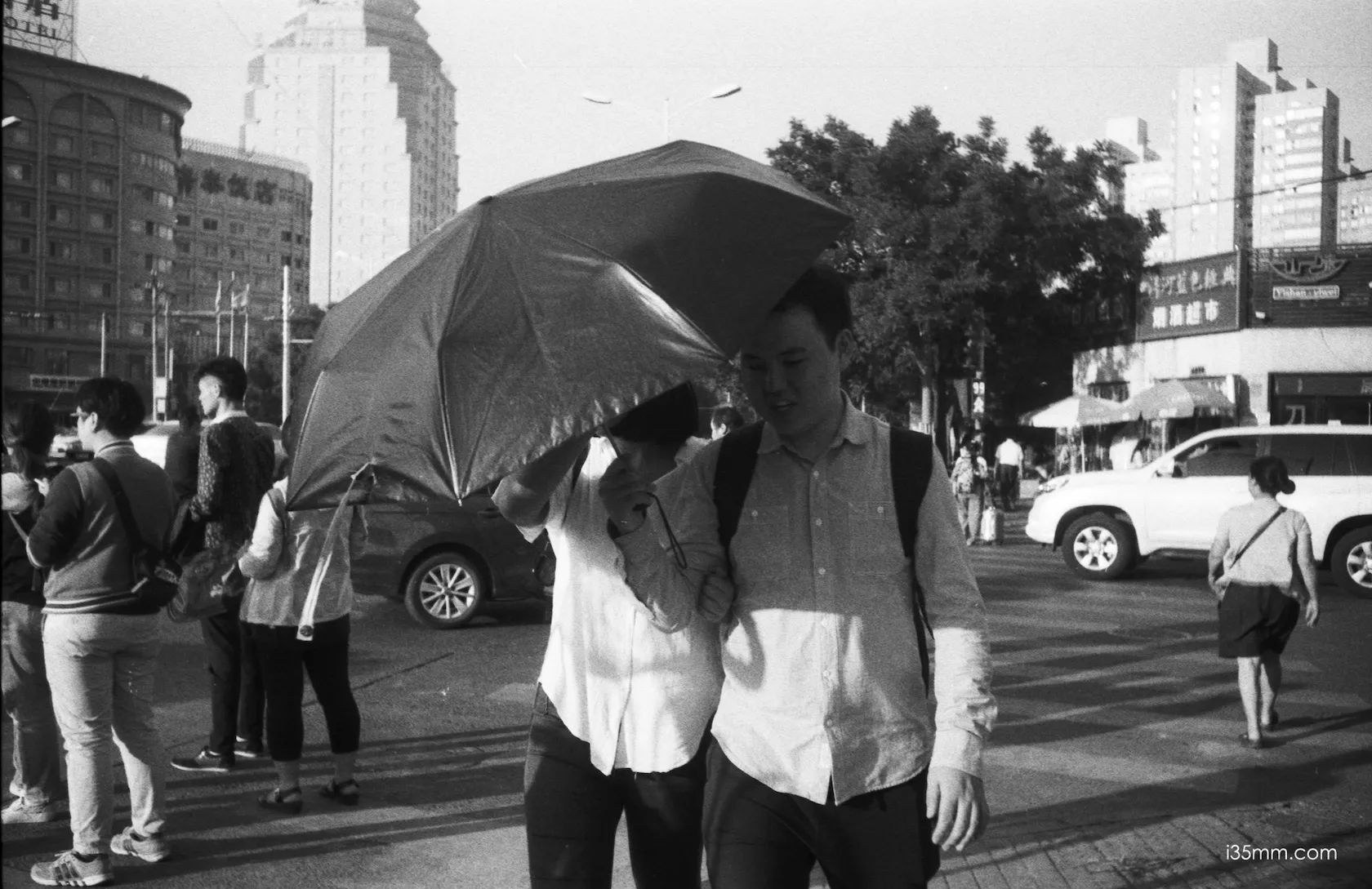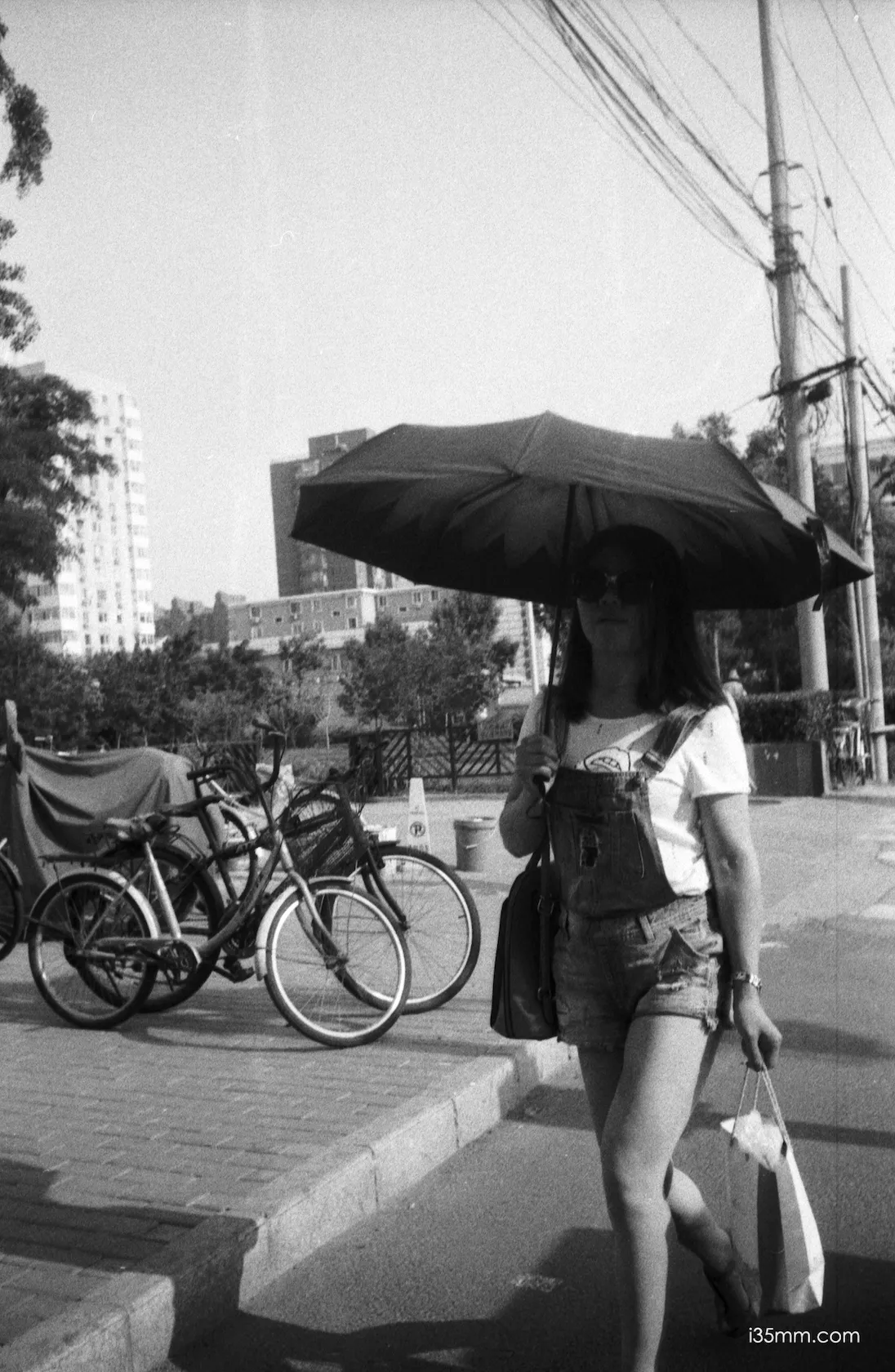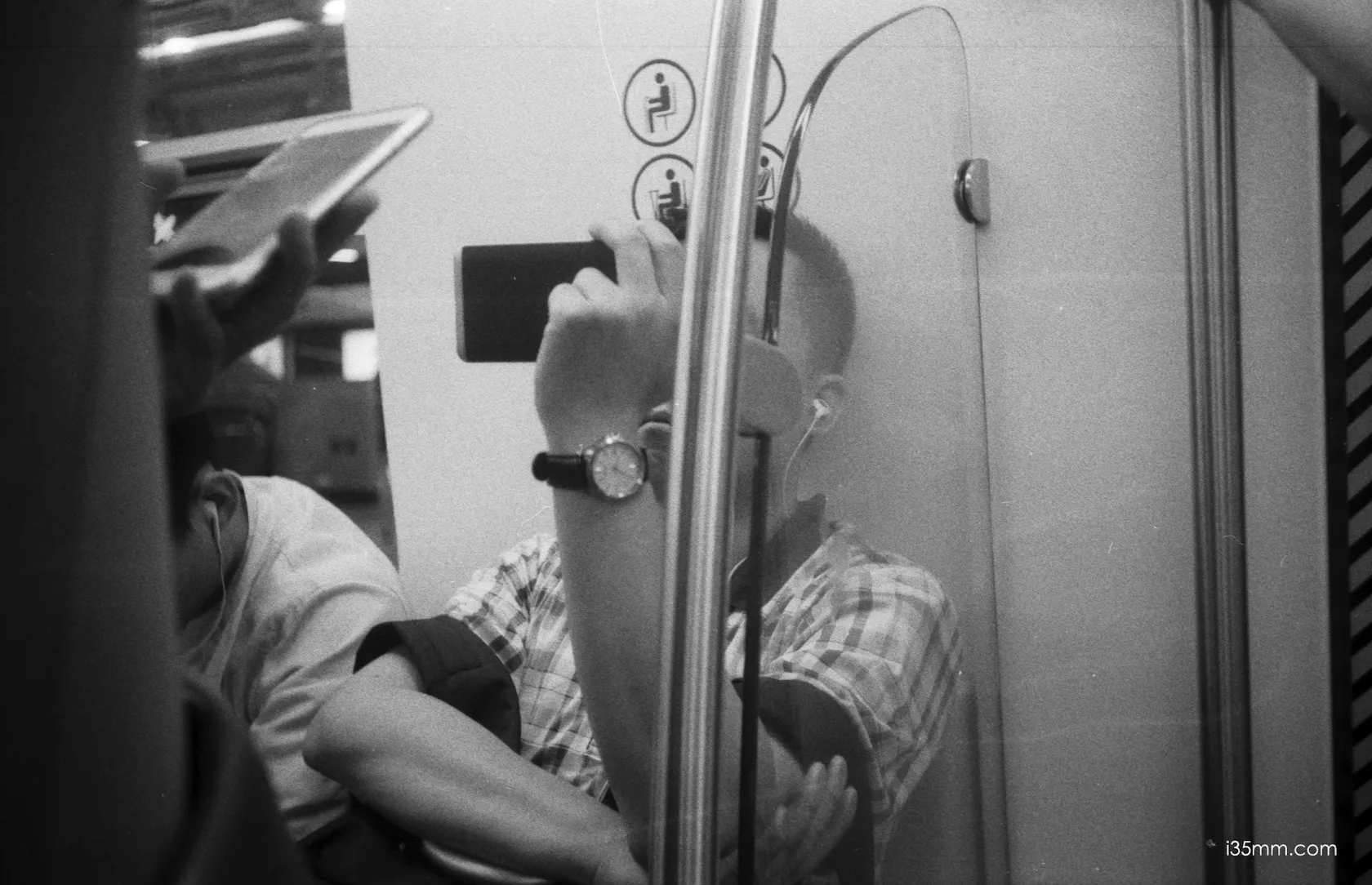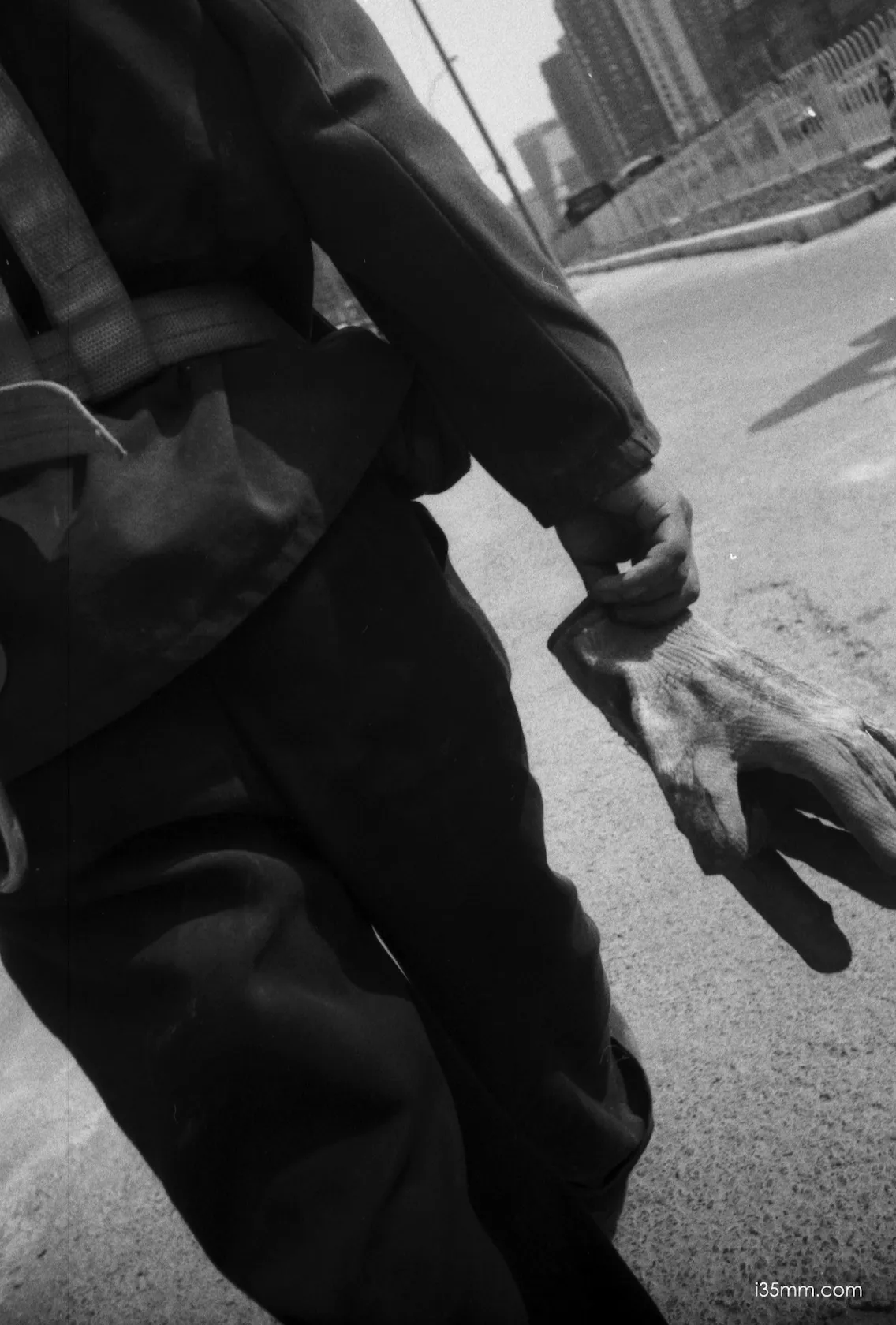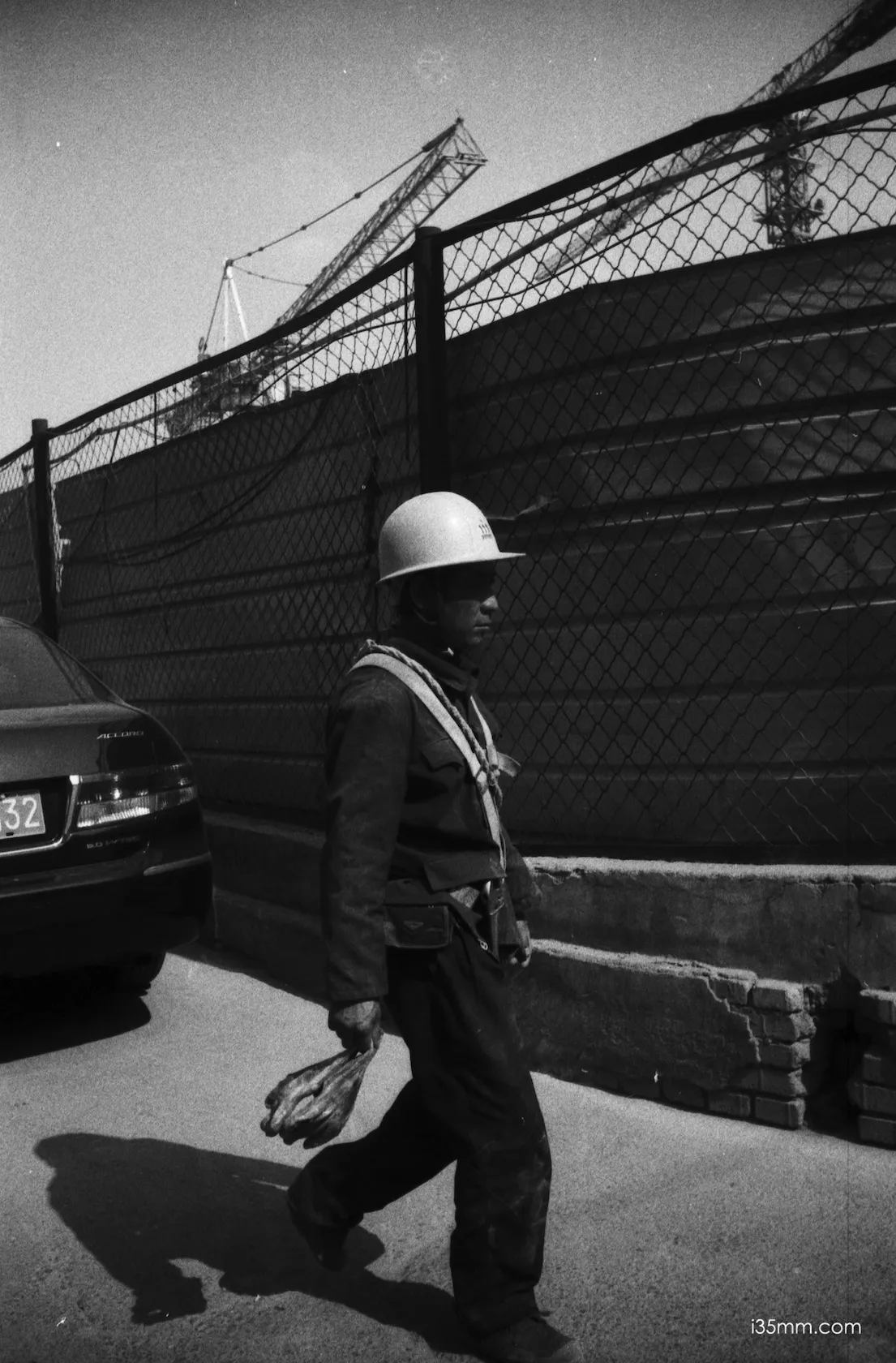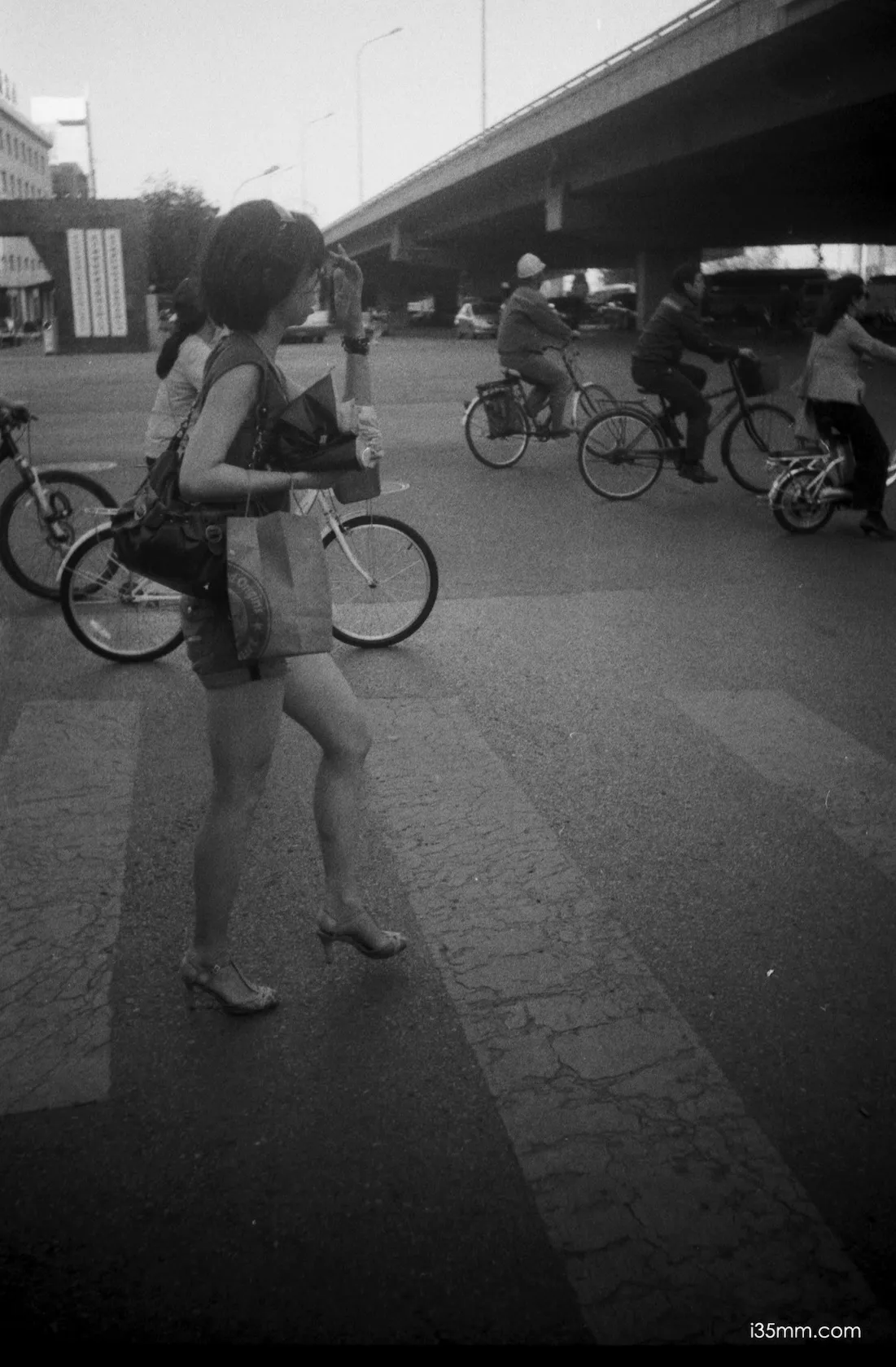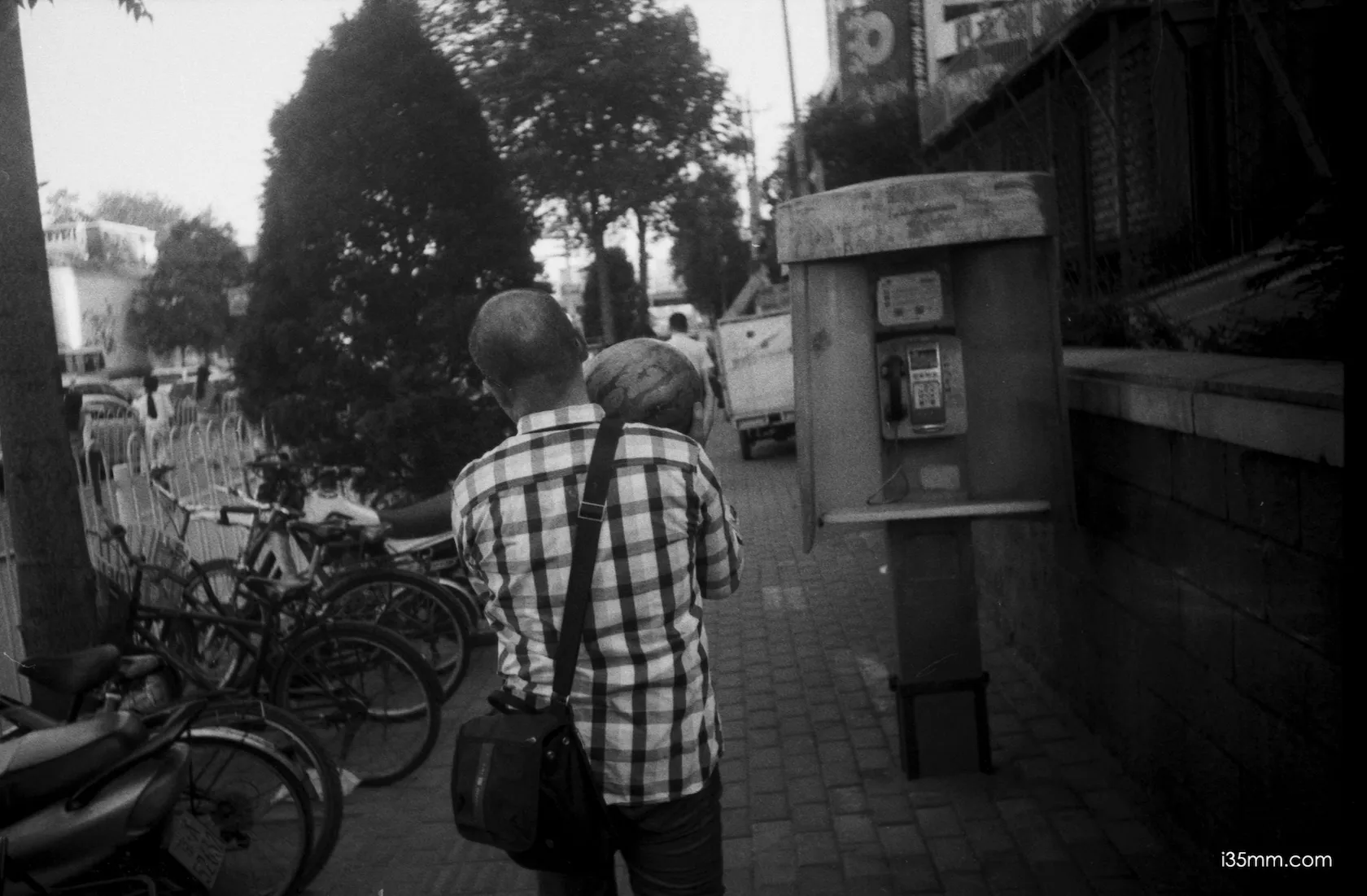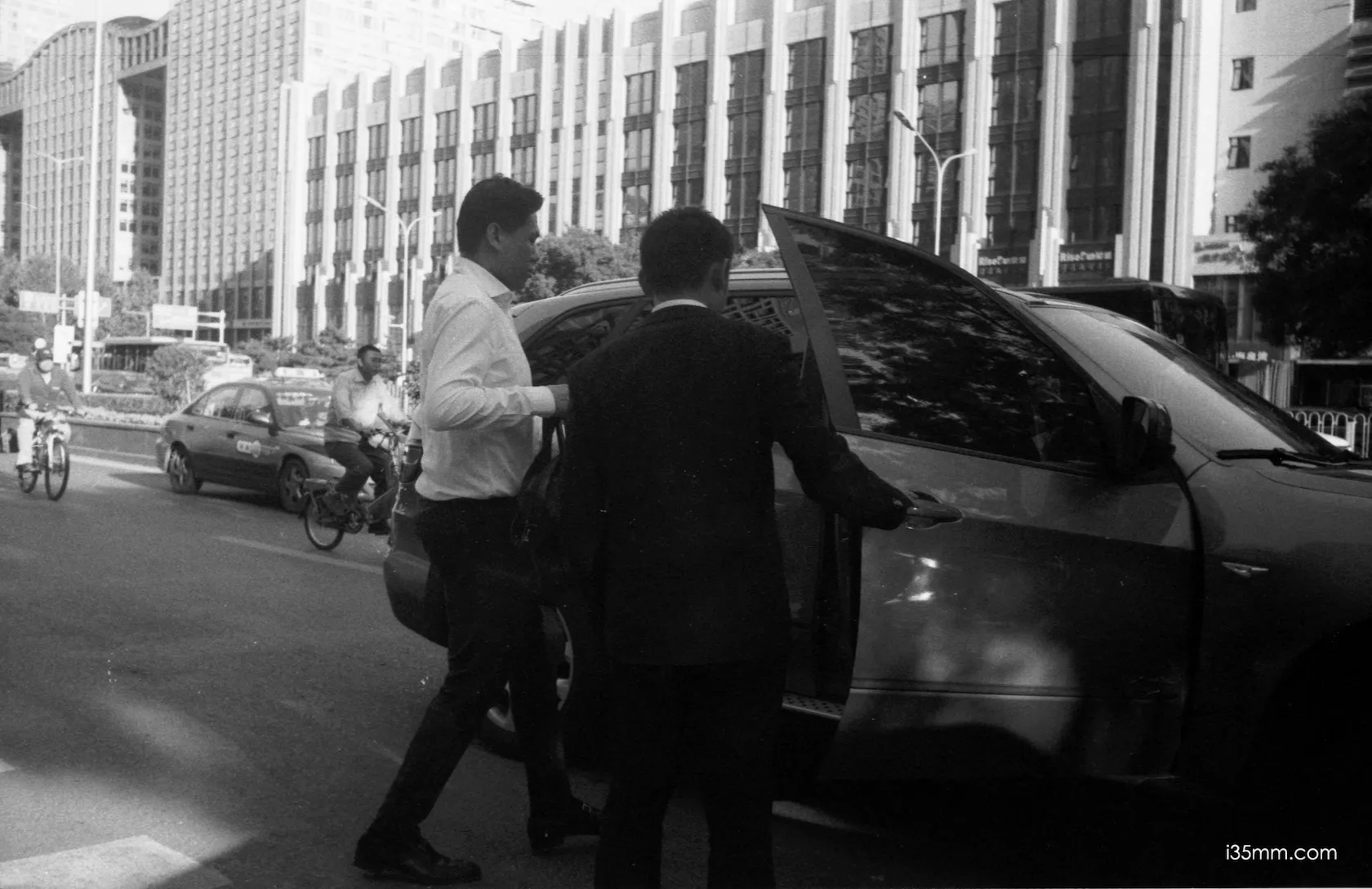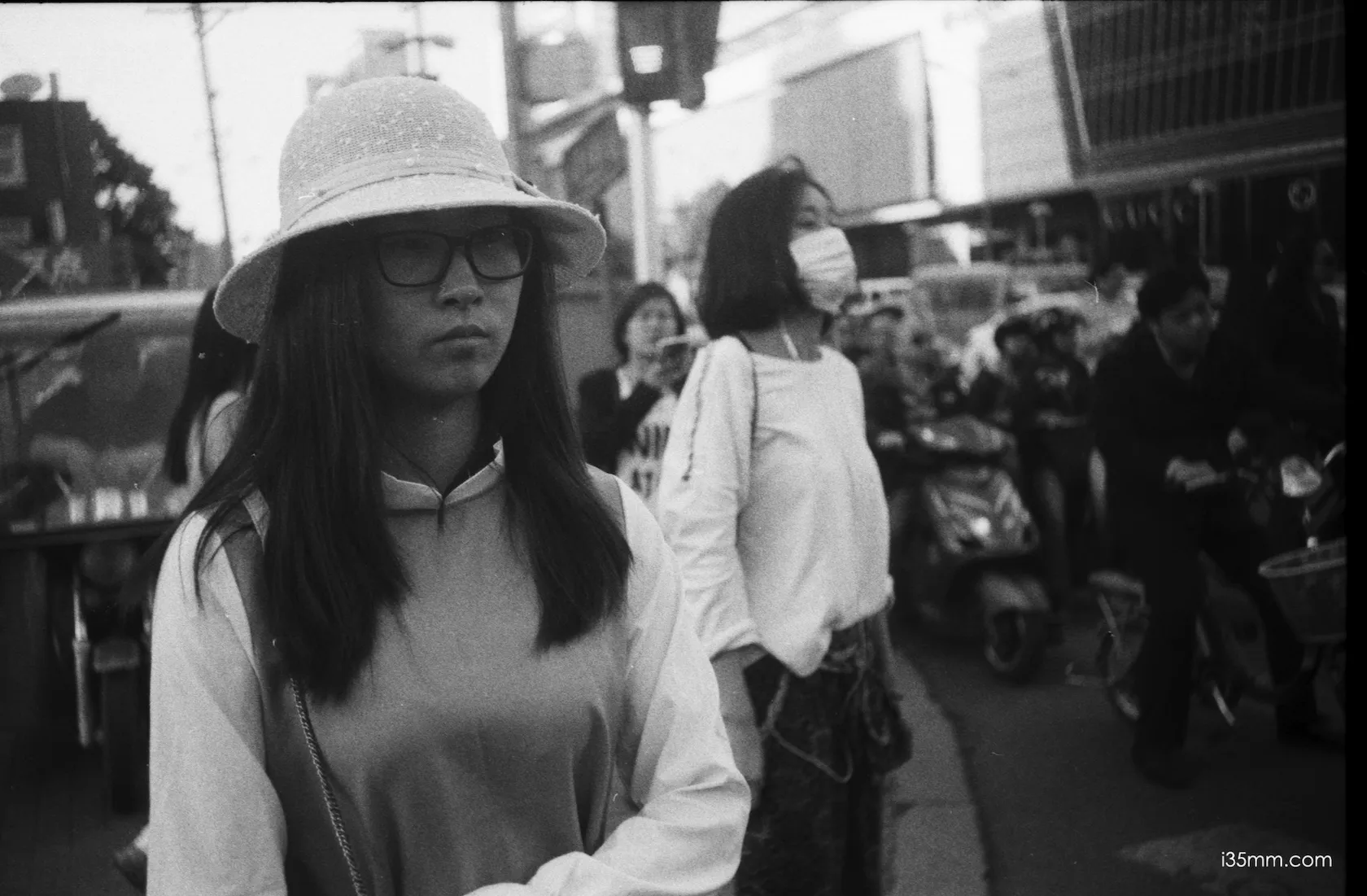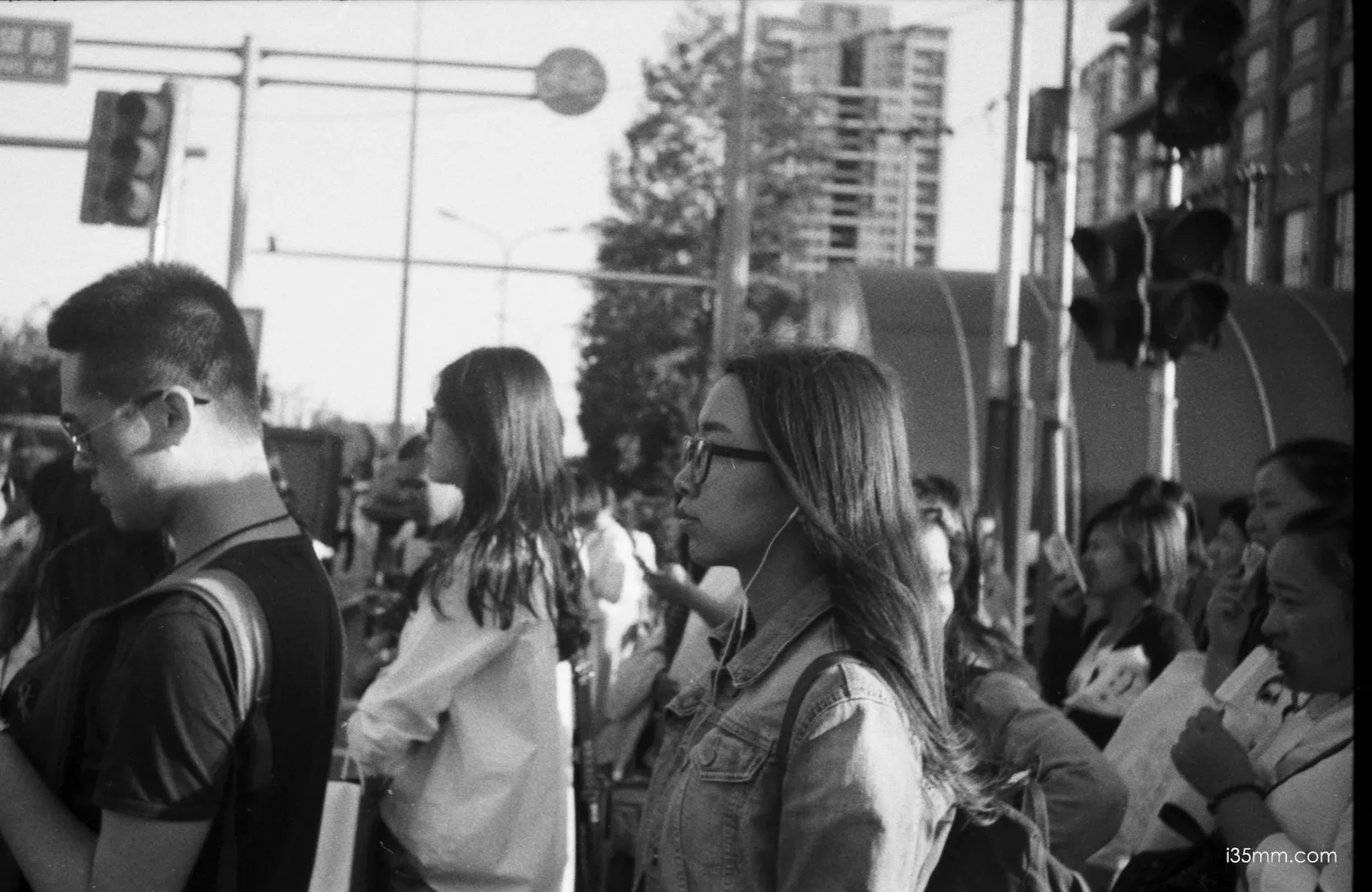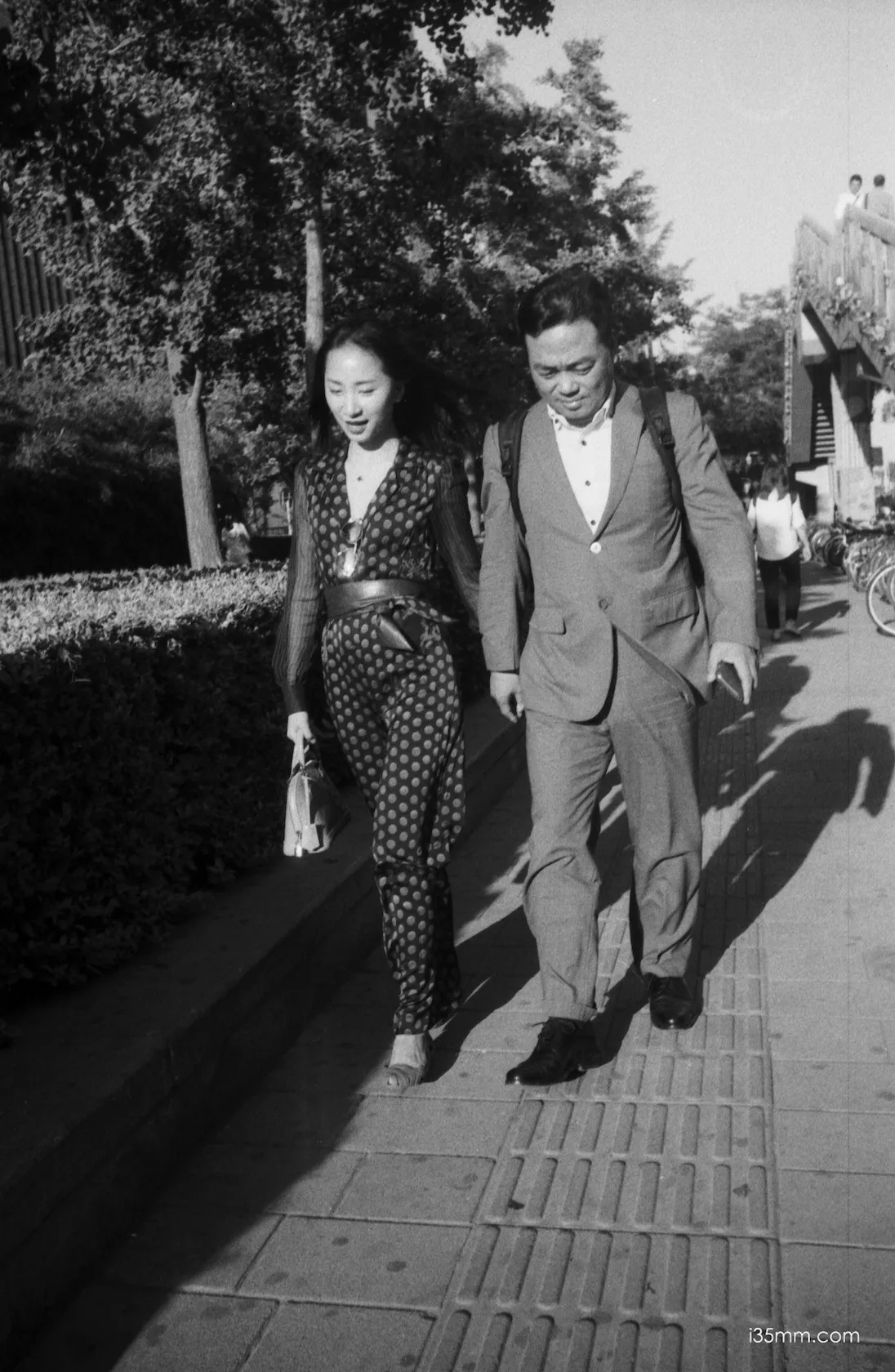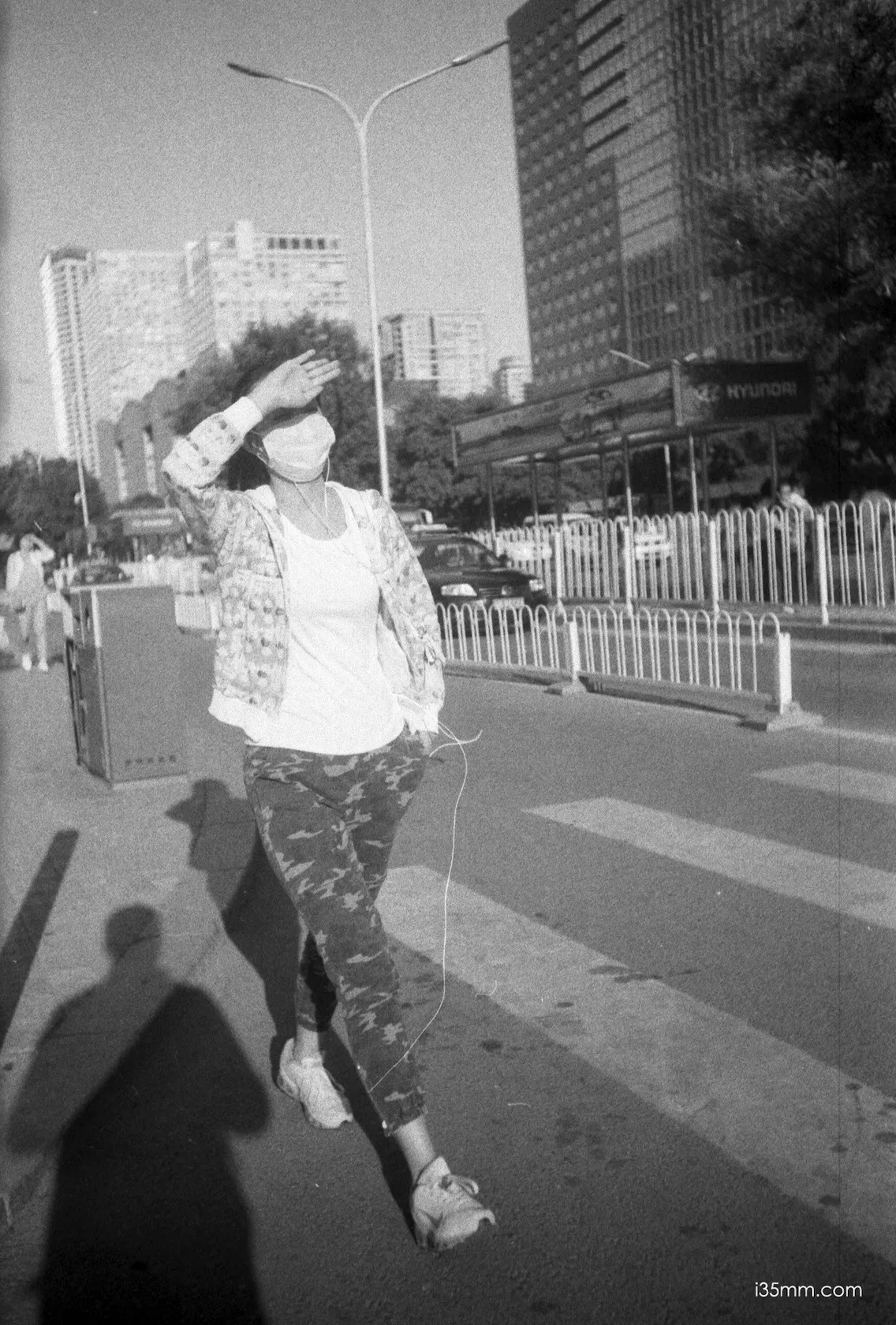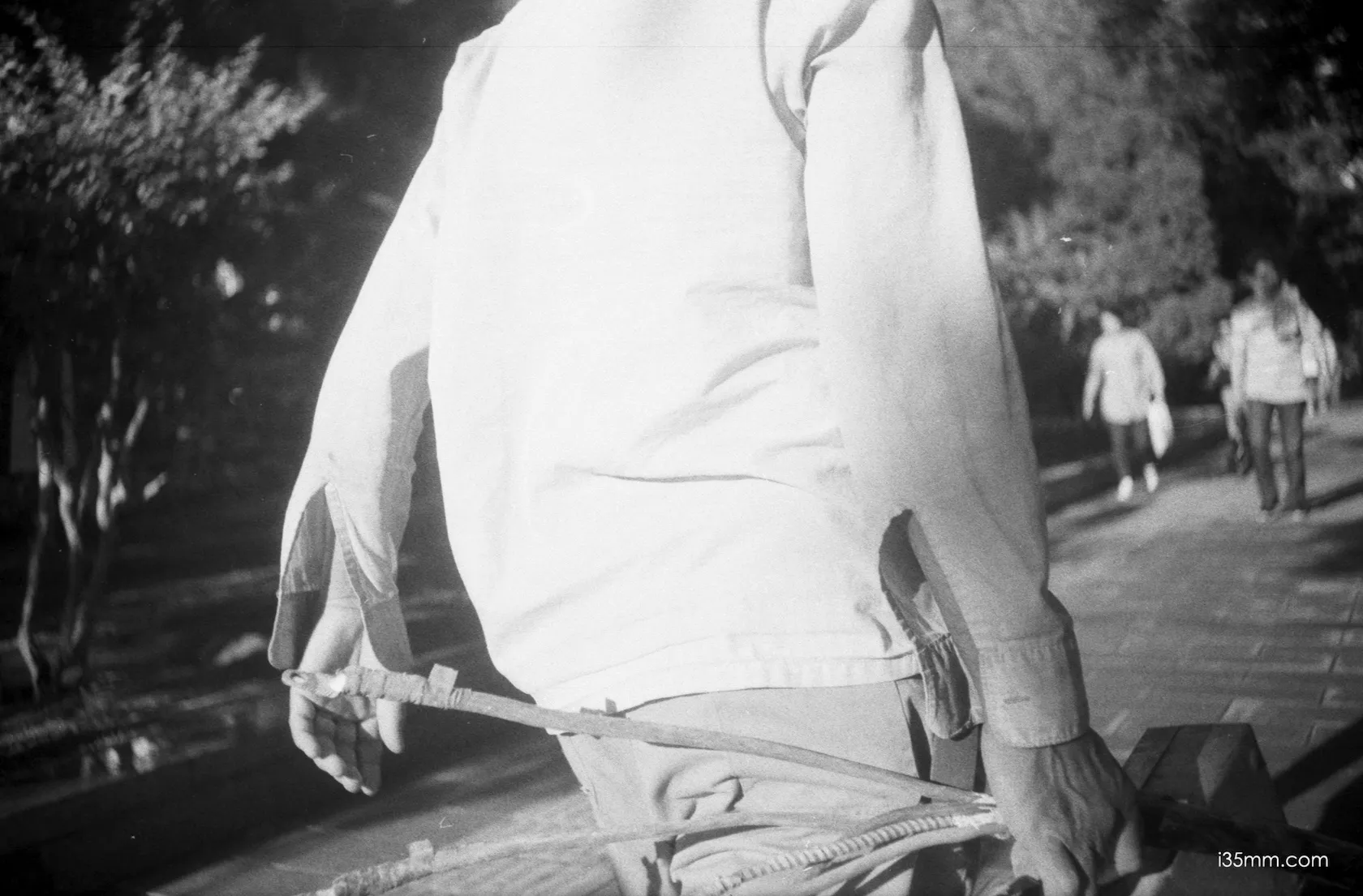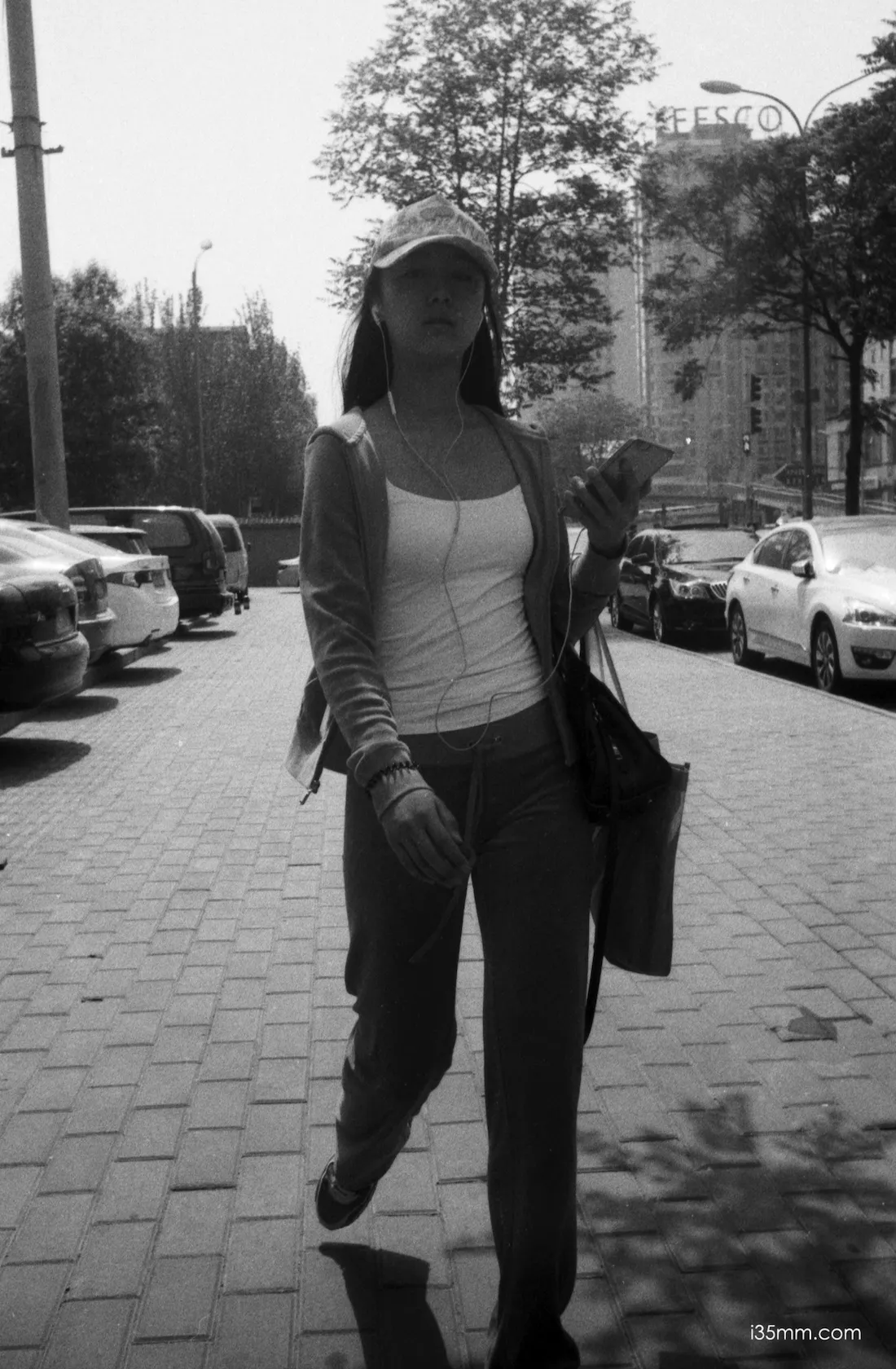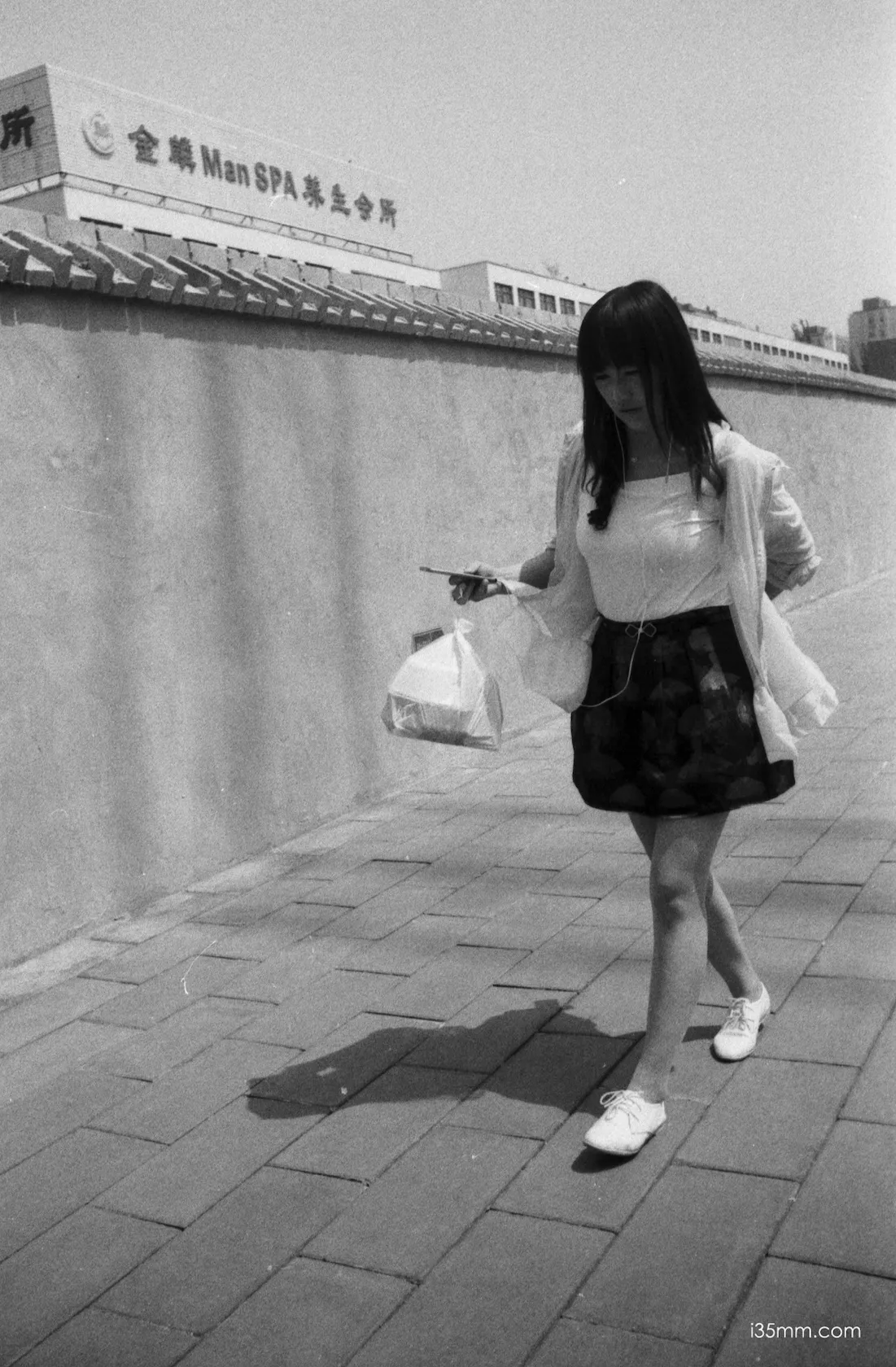
When I got my first film camera, a Leica M3, I was over the moon! I sold most of my DSLRs because I fell head over heels for the M3 and those cameras just weren’t doing it for me anymore. And that was just the beginning!
The M3 is a 60-year-old mechanical camera, but it was the start of something wonderful for me. “A street photographer without a film camera is like a body without a soul. Hahaha.” I think the Leica M3 has a special quality: the more time you spend with it, the better your photography becomes. This quality is transferred from the camera through your fingers, your skin, your nerves. This isn’t your typical objective camera review. It’s more like a heartfelt poem that expresses my emotions.
Real Classic
The Leica M3 is a real classic! It was the first film camera to adopt a bayonet-mounted interchangeable lens design, which is still used in interchangeable lens cameras today. Compared with the previous screw-rotating lens assembly method, this bayonet method allows for quick lens replacement.
But the Leica M3 is a great camera in so many other ways too! Its film advance wrench has also been widely used by other brand film cameras.






The story of buying a Leica M3
On a sunny afternoon, I strolled through the alleys of the old street, carrying in my heart the infinite love for the art of photography. I was on a mission to find the perfect second-hand Leica M3 camera! The old street was lined with all kinds of stores, but my eyes were always locked on an inconspicuous secondhand camera store that had a really charming vintage feel to it.
As I stepped inside, I was immediately drawn in by the unique atmosphere of age and metal luster. As I stepped inside, I was greeted by a soft light and a lovely display of old cameras on wooden shelves. Each one seemed to tell a story from the past, and I couldn’t help but feel a sense of wonder and admiration. I asked the shopkeeper in the gentlest way if he had a classic Leica M3.
The shopkeeper smiled and seemed to know exactly what I was looking for. He carefully took out a well-maintained Leica M3 from behind the counter. It was so shiny in the sunlight! You could see every detail, and it was clear that a lot of skill and time had gone into making it.
I took the camera and gently stroked the cool metal surface, feeling the weight and texture of it in my hands. As I looked through the viewfinder, it felt like I could see every single moment that had been captured by photographers in the past. I pressed the shutter, and even though it was just a little click, I fell in love with this camera right away. It has a unique mechanical beauty and a wonderful sense of ceremony.
The lovely shopkeeper was kind enough to tell me all about the camera’s history, how it performs, and all the people it’s been with over the years. As I listened to each story, I felt my understanding of this camera deepen and my emotional connection to it grow stronger. After a little back and forth, we finally struck a deal at a price that was just right for us.
As I walked out of the store, holding this precious Leica M3 in my hands, I was filled with so much excitement and anticipation! I knew that this wasn’t just a camera purchase, but a tribute to the legacy of photography and a promise to capture countless beautiful moments in the future. On this sunny afternoon, my encounter with the Leica M3 became a truly unforgettable experience.

